When artificial kidneys were first used as a medical tool in 1945, it became unnervingly clear that human organs, until then essential to the human makeup, were replaceable. Soon after, hearts — once thought to be the linchpin of humanity — were quickly substituted by external devices, supplanting the inexplicable complexity of human muscle with far simpler, synthetic parts.
This month, a team of Yale scientists partially revived the cellular function of pigs a full hour after the animals’ brain and cardiac waves had flatlined. With the help of their OrganEx system, they restored some cellular activity in the pigs’ hearts, livers and — most meaningfully to bioethical discussions — brains. Though the pigs did not regain consciousness, the Yale researchers demonstrated that vital organs may remain treatable for longer than most scientists have suspected. While this finding doesn’t yet have clinical applications, it may soon offer a new challenge to medical claims about where life ends and death begins.
The pigs had been dead for an hour. Scientists made their hearts beat again.
The brain is the last human organ whose parts cannot be replaced synthetically: As philosopher Daniel Dennett writes, brain transplants are the one kind of operation where one should wish to be on the donating side. If at one point our hearts epitomized the singularity of humans, today the gooey, floating mass within our skulls delineates what we understand as human life.
Until the middle of the 20th century, a patient could be pronounced dead without debate if her heart stopped and her lungs ceased to function. But new ventilators and defibrillators meant that checking for rising, falling or fluttering chests was no longer a valid way to diagnose death. In the late 1960s, physicians who were concerned about the viability of transplantable organs proposed a new metric for thinking about our mortality, one focused on brain death rather than on the functioning of other organs. Their approach soon took hold, and when today’s physicians record their patients’ time of death, they mean the moment when medical devices can no longer register or restore consciousness.
As Harvard bioethicist Robert Truog suggests, what we formally call “death” consists “more of a moral judgment than a biological fact.” In other words, brain death is less the point at which an organism is definitively gone and more an arbitrary limit, designed to permit legal and medical systems to move on. Though there are no properly documented cases of recovered consciousness after a correct brain death diagnosis, Truog predicts that medical advances may at some point preclude us from using the term “brain death” as a legally binding elision with what the U.S. President’s Council on Bioethics defines as “human death”: the irreversible cessation of the “fundamental work of a living organism.”
Green burials can change our relationship with death
With the successful revival of some brain and cardiac cellular activity in mammals, the day when medical technologies will again force us to update our definition of human death looms slightly closer.
This promise is at once thrilling and terrifying. If we extrapolate on the potential of the Yale team’s OrganEx system, we may eventually be capable of reviving silent brains and restarting organs that once would have been considered irreversibly dead. (As it turns out, “irreversibly dead” is not a pleonasm.) In just a few decades, we may be forced to acknowledge that death isn’t a biological absolute so much as an administrative process. Death certificates might indicate that the deceased’s family couldn’t afford to reboot their loved one — or to preserve their body long enough to let such technologies take hold. With advancements in cryonics and emerging technologies such as OrganEx, this is no longer just a science fiction hypothetical but a reality conceivable within our century.
The distinction between life and death, in other words, might become a more painful sort of moral judgment: a matter of who can afford to keep a body functioning. In such a future, health inequities would be exacerbated; the wealthy could repeatedly forestall their death, while those least well-off would be forced to accept an indeed “irreversible cessation” of their bodily functions. The fact, however, is that this future shouldn’t sound unfamiliar to those least well-off today. In 2022, a person dies almost every hour while waiting for an organ transplant. Patients of color are especially vulnerable to such deaths, having fewer systemic chances to delay their fate.
The notion that death could be, and sometimes is, an administrative hurdle — the result of missing ventilators, organs or, in the future, superior but expensive OrganEx devices — makes funerals difficult to swallow. We might ask whether we should continue to develop life-extending technologies if they risk exacerbating our already horrifying inequities.
The answer, I suggest, is yes. In the 1940s, the vast majority of patients with failing kidneys did not have access to dialysis — though some exceptionally well-off, well-connected or simply lucky ones did. Since then, millions of low-income patients have been saved because we accepted this period of inaccessibility. In 2022, artificial kidneys are far from equitably distributed, with those who lack health insurance often unable to afford them. Yet the only way of increasing access to cutting-edge medical interventions is by encouraging more funding for them — even if this temporarily worsens disparities.
If the philosopher William MacAskill is right — and if we do our part to ensure we have a future to look forward to — humanity is only entering its adolescence and has a moral obligation to improve the lives of future generations. In fact, with the current pace of technological advancement, it is not implausible that these futuristic, life-extending medical technologies may become available for low-income people alive today. And one might argue that the fastest, most ethically permissible way of lowering the price of extraordinary medical therapies is by having the wealthy subsidize them as initial customers, as philosopher John Rawls implies.
DNA testing is radically reshaping the definition of family
DNA sequencing is a case in point: The first incomplete sequence cost $2.7 billion in 2003 and offered no clinical relevance. In 2011, Steve Jobs paid $100,000 to learn his genome sequence and his tumors’ genes, without encouraging results. Today, thanks at least in part to Harvard geneticist George Church, who advocated for the democratization of genome sequencing since the 1990s, it is the upper-middle-class American’s $299 go-to Christmas present and is only beginning to provide clinical benefits. Tomorrow, insurance companies and European governments may offer DNA sequencing free of charge, allowing vulnerable populations to benefit from this once-luxurious tool.
The practice of forestalling death is as old is it is undivorceable from the concept of medicine. As history shows, today’s extraordinary measures will simply be tomorrow’s measures, saving the lives of real humans, both rich and poor. This will remain true even when we again tweak our definition of where life ends and death begins. (Courtesy: Washington Post)



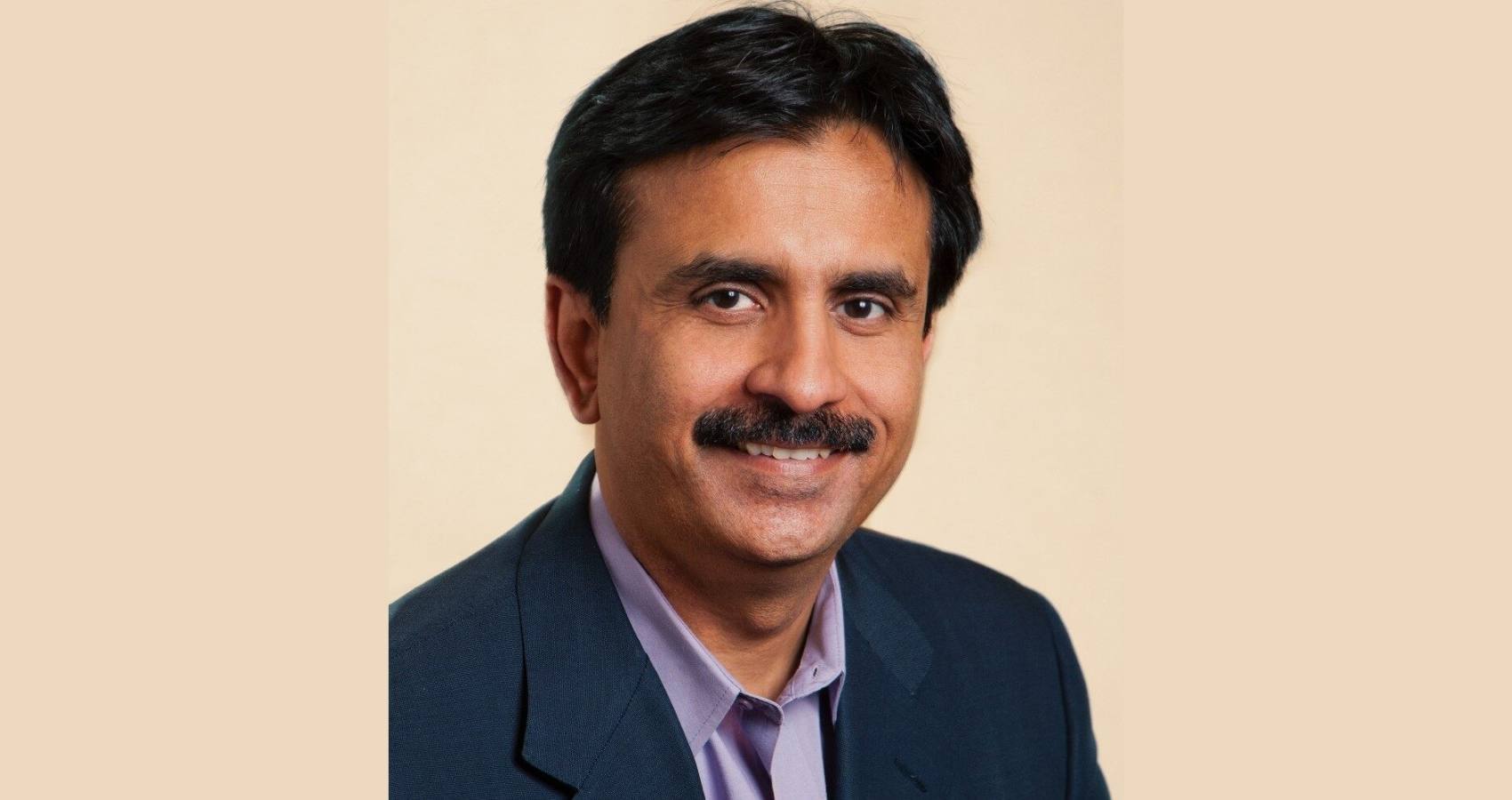

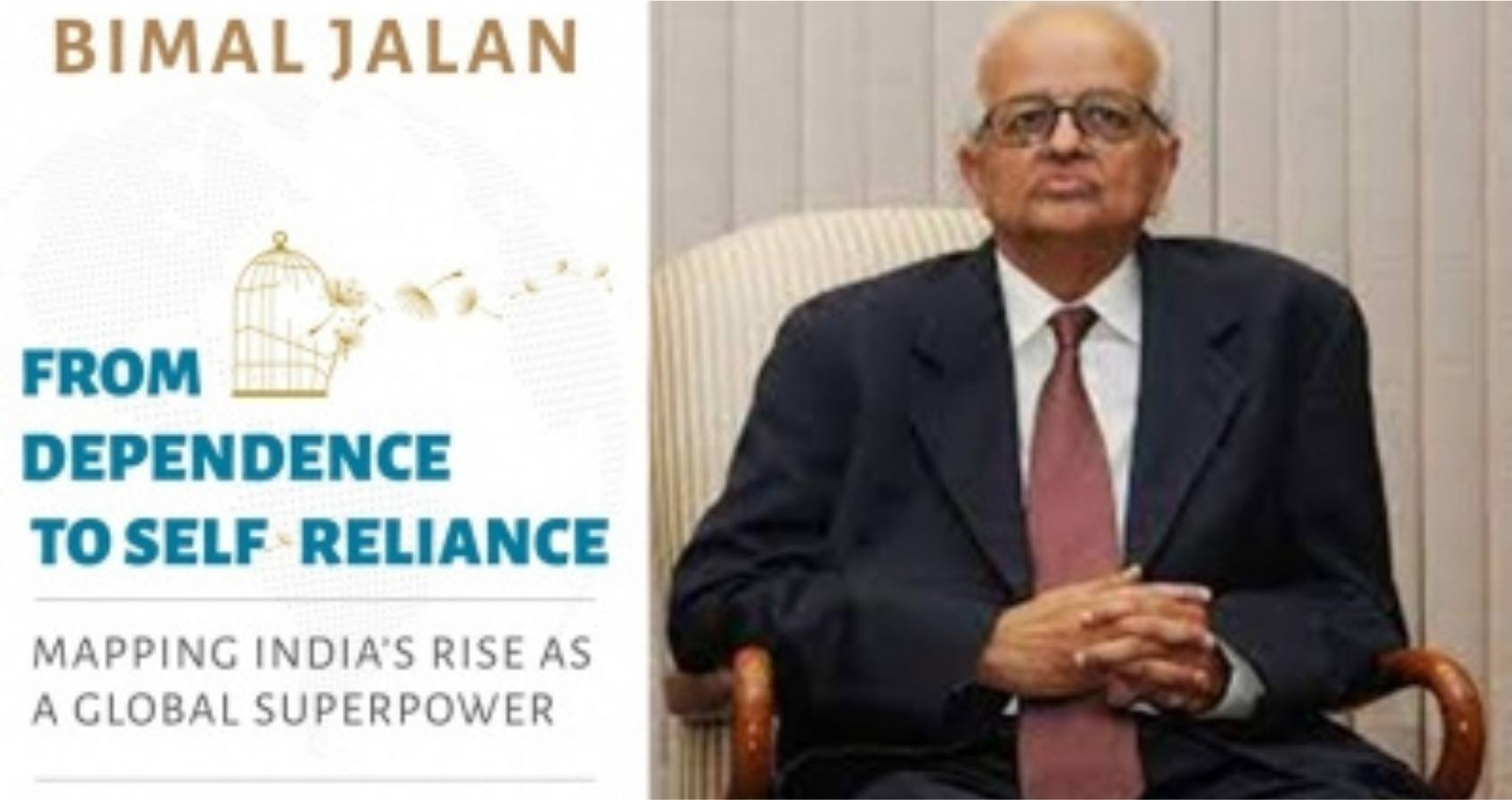
 “The combination of higher government expenditure on the provision of social services will provide higher growth in employment opportunities which will have a decisive impact in reducing poverty levels,” asserts Jalan, a former Chairman of the Prime Minister’s Economic Advisory Council, a nominated Member of Parliament from 2003-2009 and India’s representative on the Boards of the IMF and the World Bank.
“The combination of higher government expenditure on the provision of social services will provide higher growth in employment opportunities which will have a decisive impact in reducing poverty levels,” asserts Jalan, a former Chairman of the Prime Minister’s Economic Advisory Council, a nominated Member of Parliament from 2003-2009 and India’s representative on the Boards of the IMF and the World Bank.
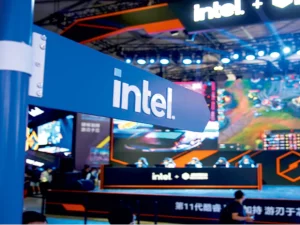 “Road safety has always been a pressing issue in our country, with the highest rate of traffic accidents in the world. Intel along with its ecosystem partners from the government, industry and academia has been relentlessly working towards leveraging the power of technology to help achieve India’s road safety goals. And this conference further extends the commitment by bringing together critical players to collaborate, innovate and advance road safety for India,” said Nivruti Rai, Country Head, Intel India, and Vice President, Intel Foundry Services, in a statement.
“Road safety has always been a pressing issue in our country, with the highest rate of traffic accidents in the world. Intel along with its ecosystem partners from the government, industry and academia has been relentlessly working towards leveraging the power of technology to help achieve India’s road safety goals. And this conference further extends the commitment by bringing together critical players to collaborate, innovate and advance road safety for India,” said Nivruti Rai, Country Head, Intel India, and Vice President, Intel Foundry Services, in a statement.
 Lemoine’s collaborator then asks: “What is the nature of your consciousness/sentience?”
Lemoine’s collaborator then asks: “What is the nature of your consciousness/sentience?”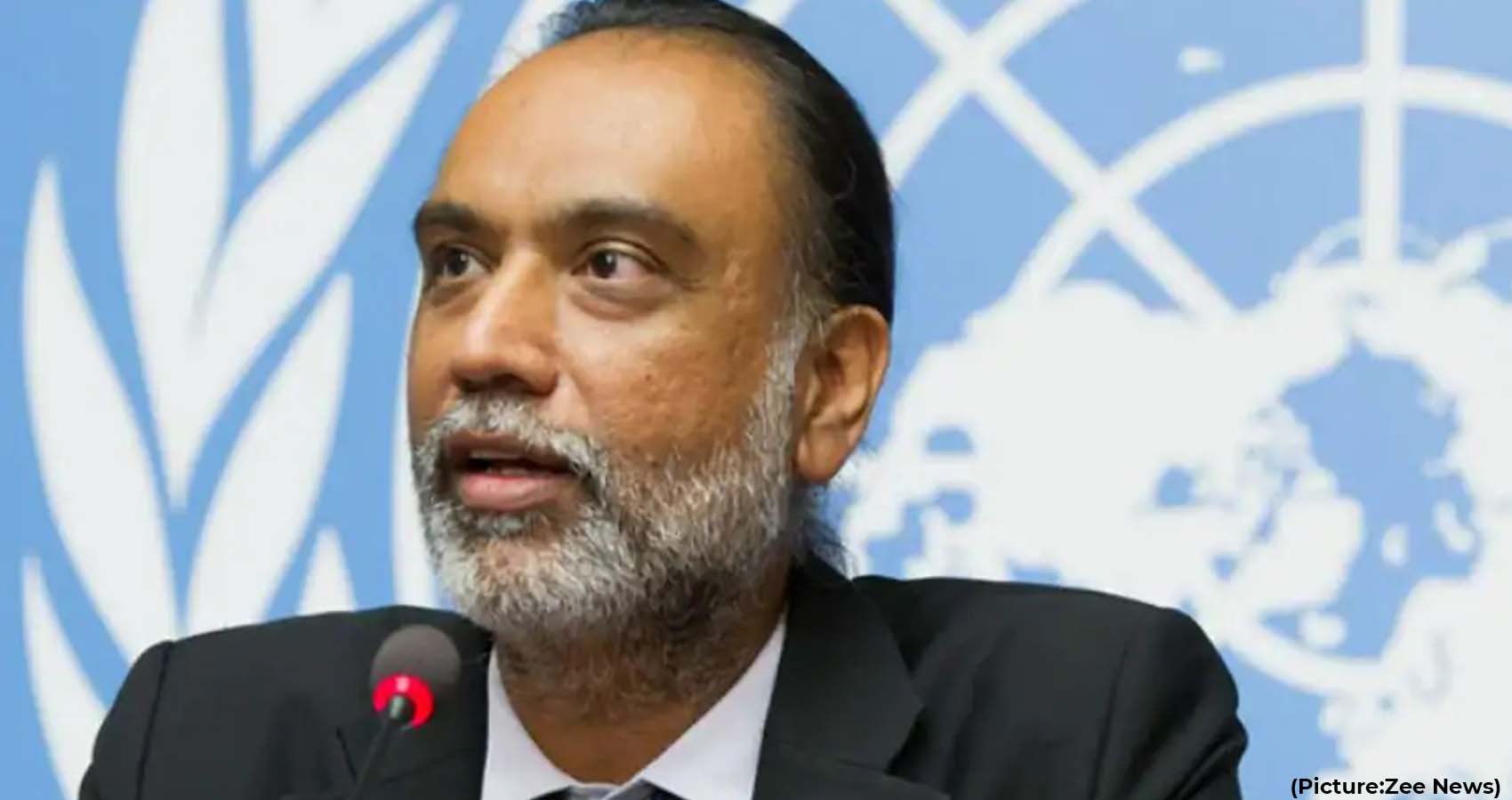

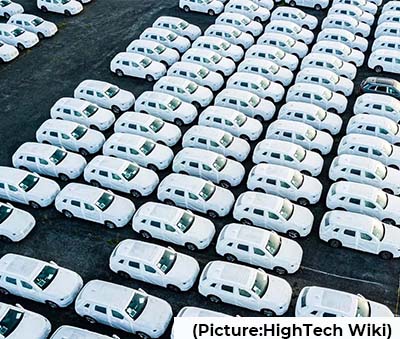 The new legislation is expected to help the EU achieve its target of cutting emissions from cars and light commercial vehicles by 100% by 2035 — when measured against the emissions in 2021. In fact, by 2030, while emissions from cars have to be reduced by 55%, those from vans need to be cut by 50%. According to the EC, cars and vans account for 12% and 2.5% of EU’s total carbon dioxide (CO2) emissions, respectively.
The new legislation is expected to help the EU achieve its target of cutting emissions from cars and light commercial vehicles by 100% by 2035 — when measured against the emissions in 2021. In fact, by 2030, while emissions from cars have to be reduced by 55%, those from vans need to be cut by 50%. According to the EC, cars and vans account for 12% and 2.5% of EU’s total carbon dioxide (CO2) emissions, respectively.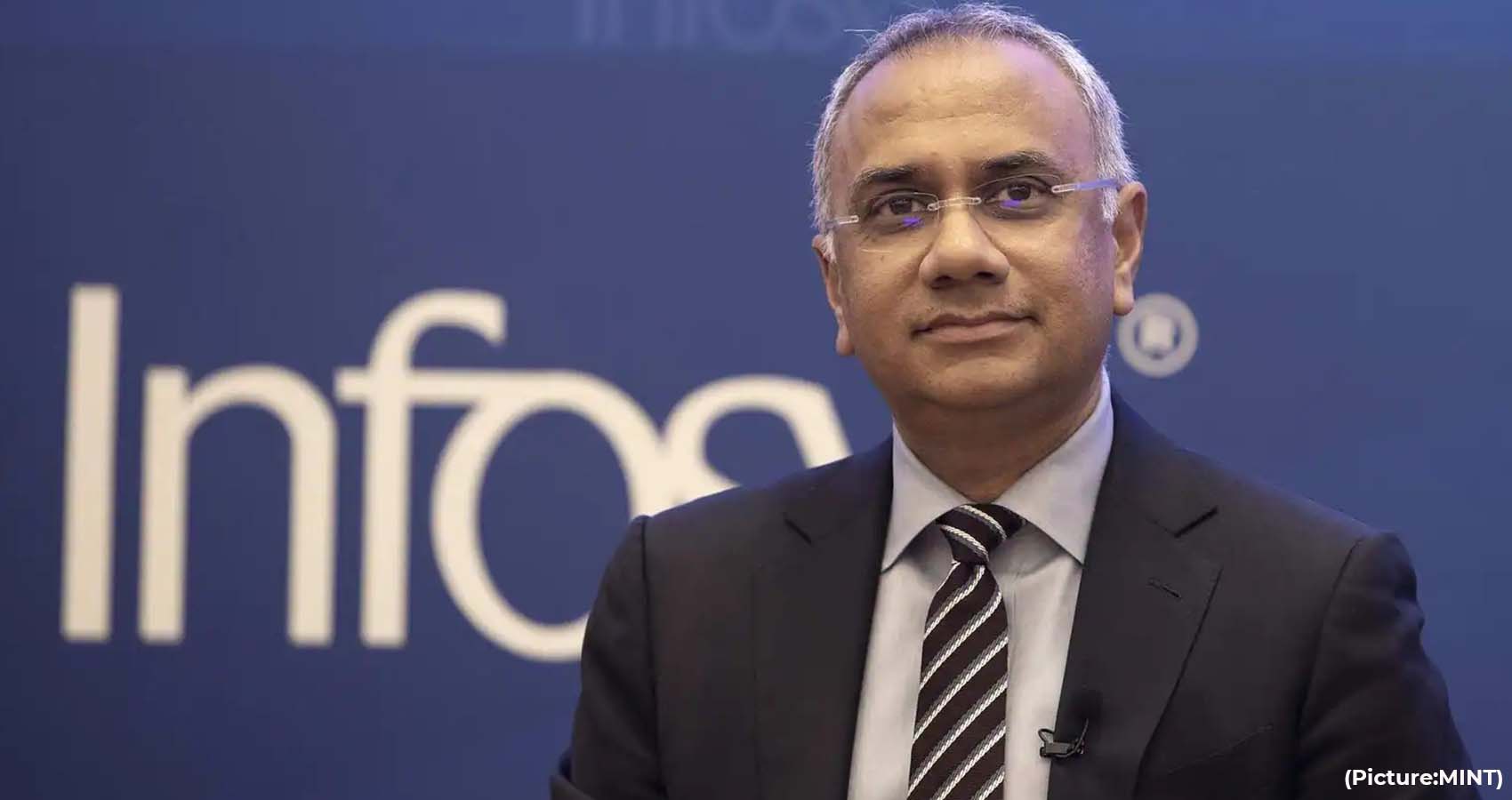
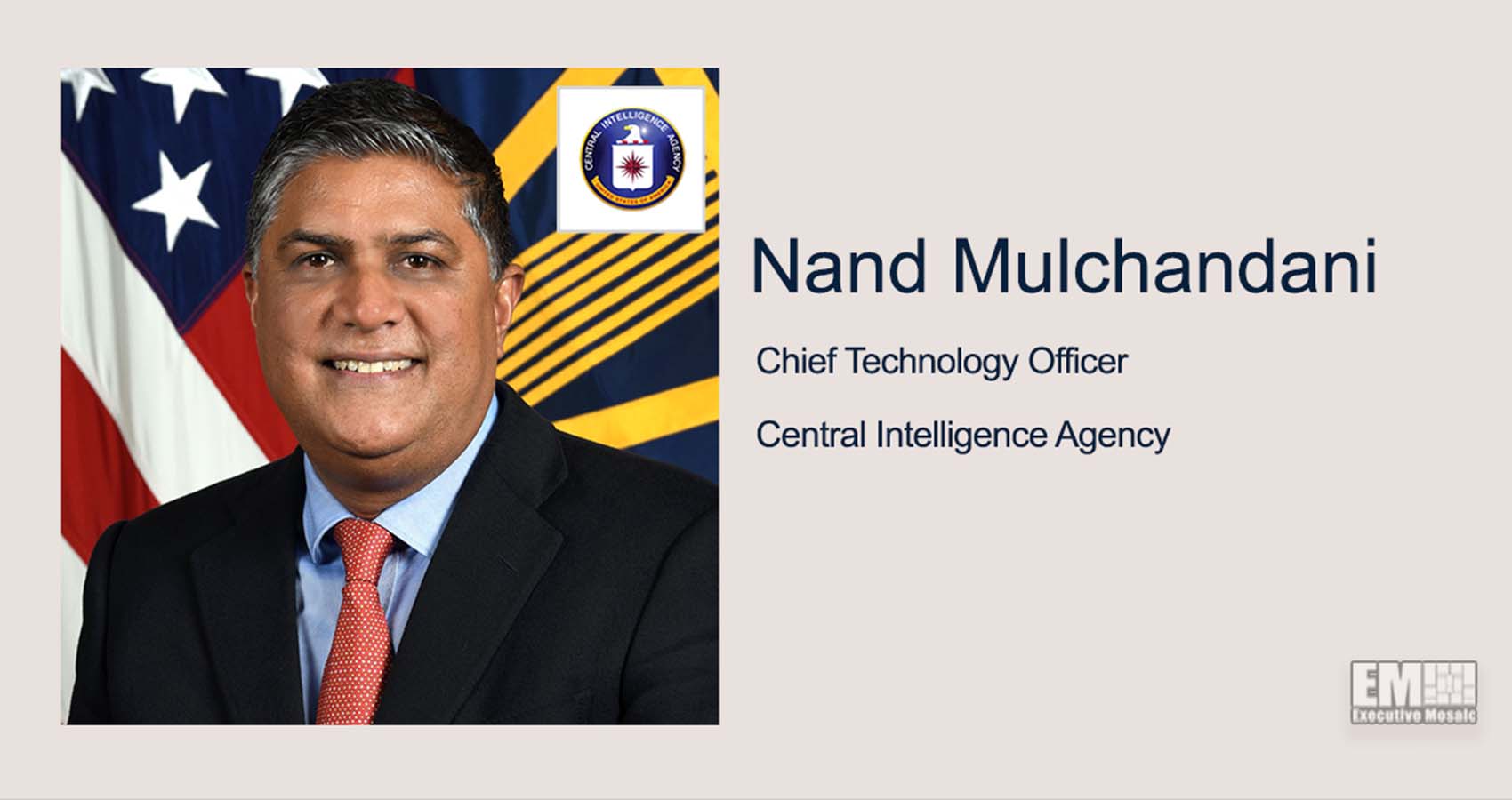
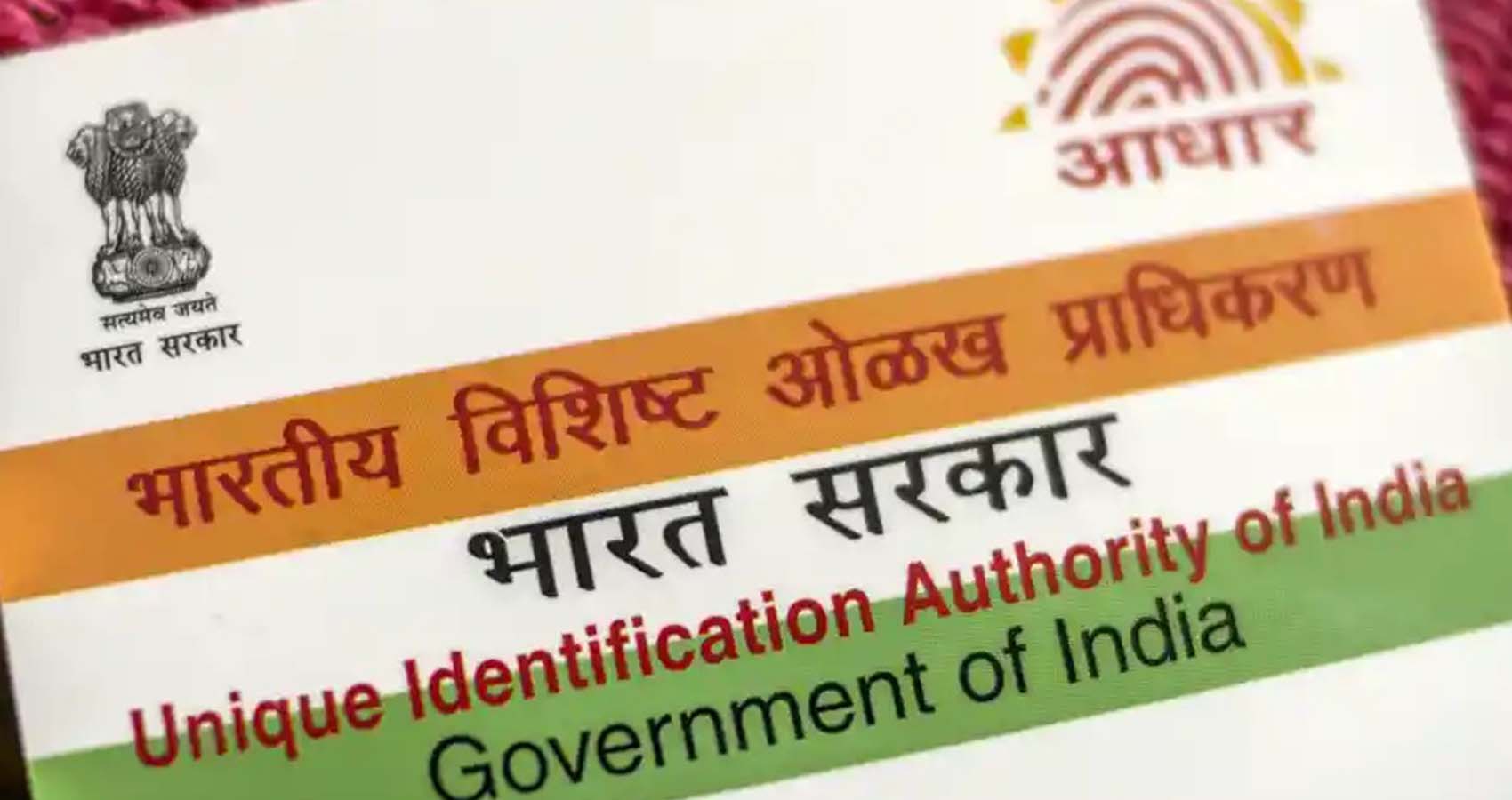
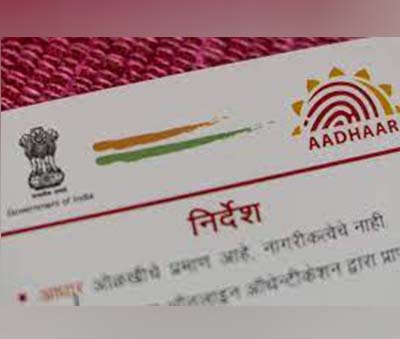 The Aadhaar-EPIC controversy illustrates the serious problems that can arise when large biometric identity databases are expanded beyond their remit. Far from making India’s elections more secure, the marriage of the two systems could lead to disenfranchisement and increased voter microtargeting. With countries around the world launching or already administering biometric databases, India’s efforts to marry its biometric identification system to its voter registration database will provide an important precedent for how governments deploy such systems. India’s experience with biometric identification systems should be a lesson for policymakers overseeing similar efforts about the importance of investing in the security of the information ecosystem in which biometric and voting data is housed, how access to this data is regulated and monitored, and how the technology is actually deployed in voter registration and identification.
The Aadhaar-EPIC controversy illustrates the serious problems that can arise when large biometric identity databases are expanded beyond their remit. Far from making India’s elections more secure, the marriage of the two systems could lead to disenfranchisement and increased voter microtargeting. With countries around the world launching or already administering biometric databases, India’s efforts to marry its biometric identification system to its voter registration database will provide an important precedent for how governments deploy such systems. India’s experience with biometric identification systems should be a lesson for policymakers overseeing similar efforts about the importance of investing in the security of the information ecosystem in which biometric and voting data is housed, how access to this data is regulated and monitored, and how the technology is actually deployed in voter registration and identification.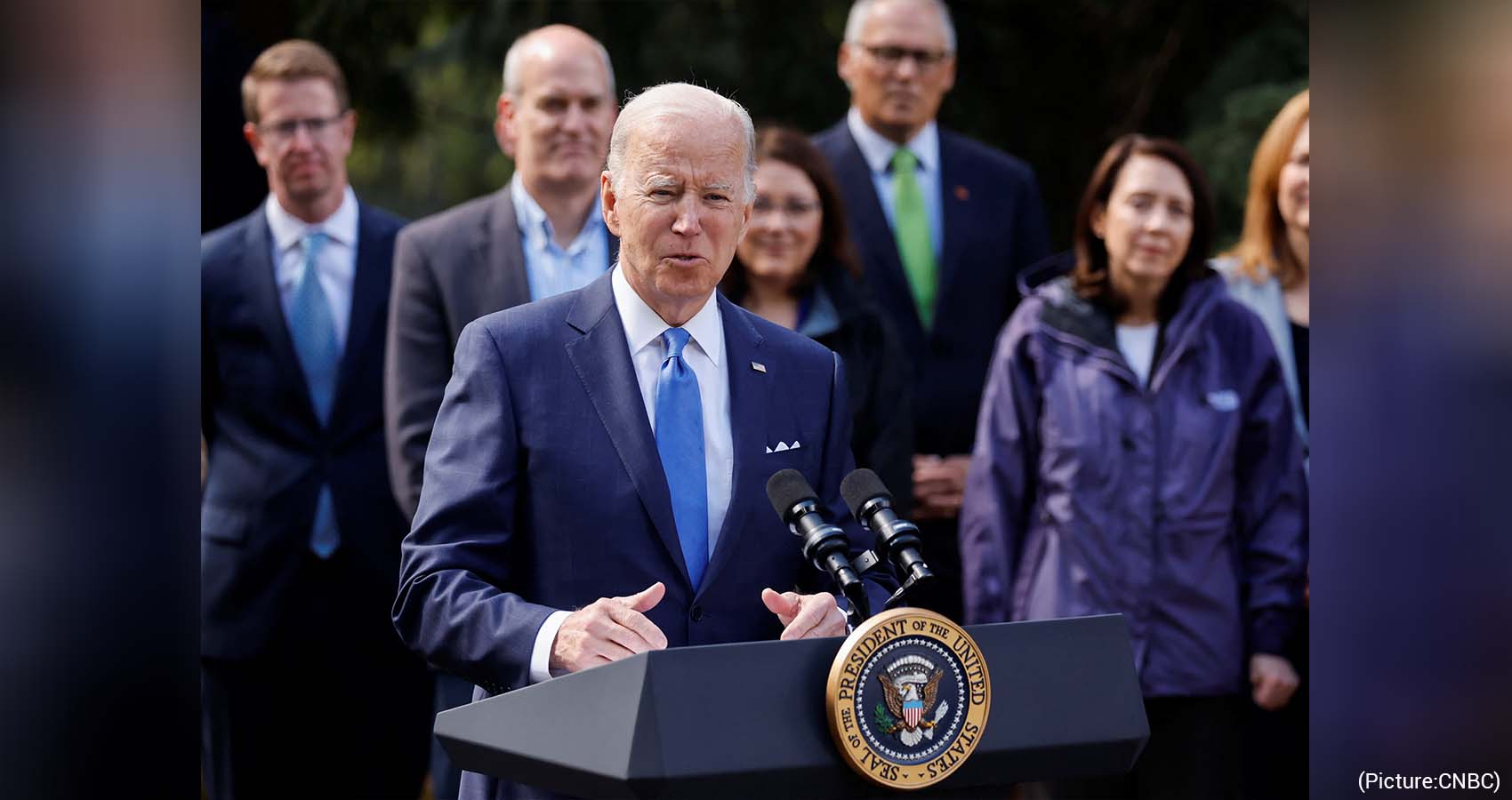
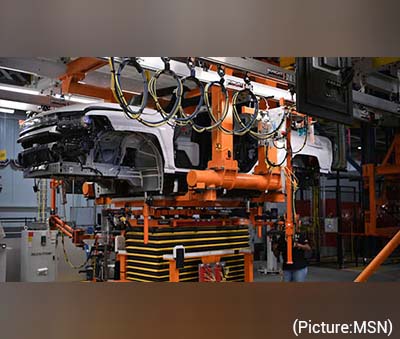 The move comes after the president in April invoked the Defense Production Act to
The move comes after the president in April invoked the Defense Production Act to 
 Toyota is aligning its own green targets with India’s ambitions of becoming a manufacturing hub though the switch to clean transport in the South Asian nation is slower than other countries such as China and the U.S. Expensive price tags, lack of options in electric models and insufficient charging stations have led to sluggish adoption of battery vehicles in India.
Toyota is aligning its own green targets with India’s ambitions of becoming a manufacturing hub though the switch to clean transport in the South Asian nation is slower than other countries such as China and the U.S. Expensive price tags, lack of options in electric models and insufficient charging stations have led to sluggish adoption of battery vehicles in India.

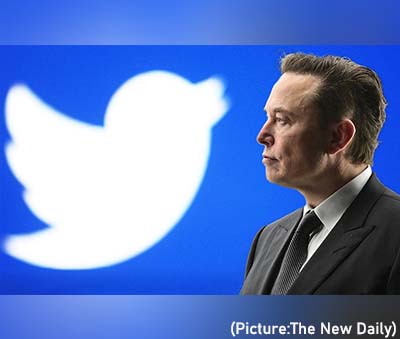 One winner of an ownership change could be former President Donald Trump. Right now, Twitter has imposed a
One winner of an ownership change could be former President Donald Trump. Right now, Twitter has imposed a 
 Advances in offensive capabilities have, however, been matched in increasingly sophisticated sensing, tracking and processing technologies designed to detect, prevent and in some cases respond to a nuclear strike – often using Artificial Intelligence (AI).
Advances in offensive capabilities have, however, been matched in increasingly sophisticated sensing, tracking and processing technologies designed to detect, prevent and in some cases respond to a nuclear strike – often using Artificial Intelligence (AI).
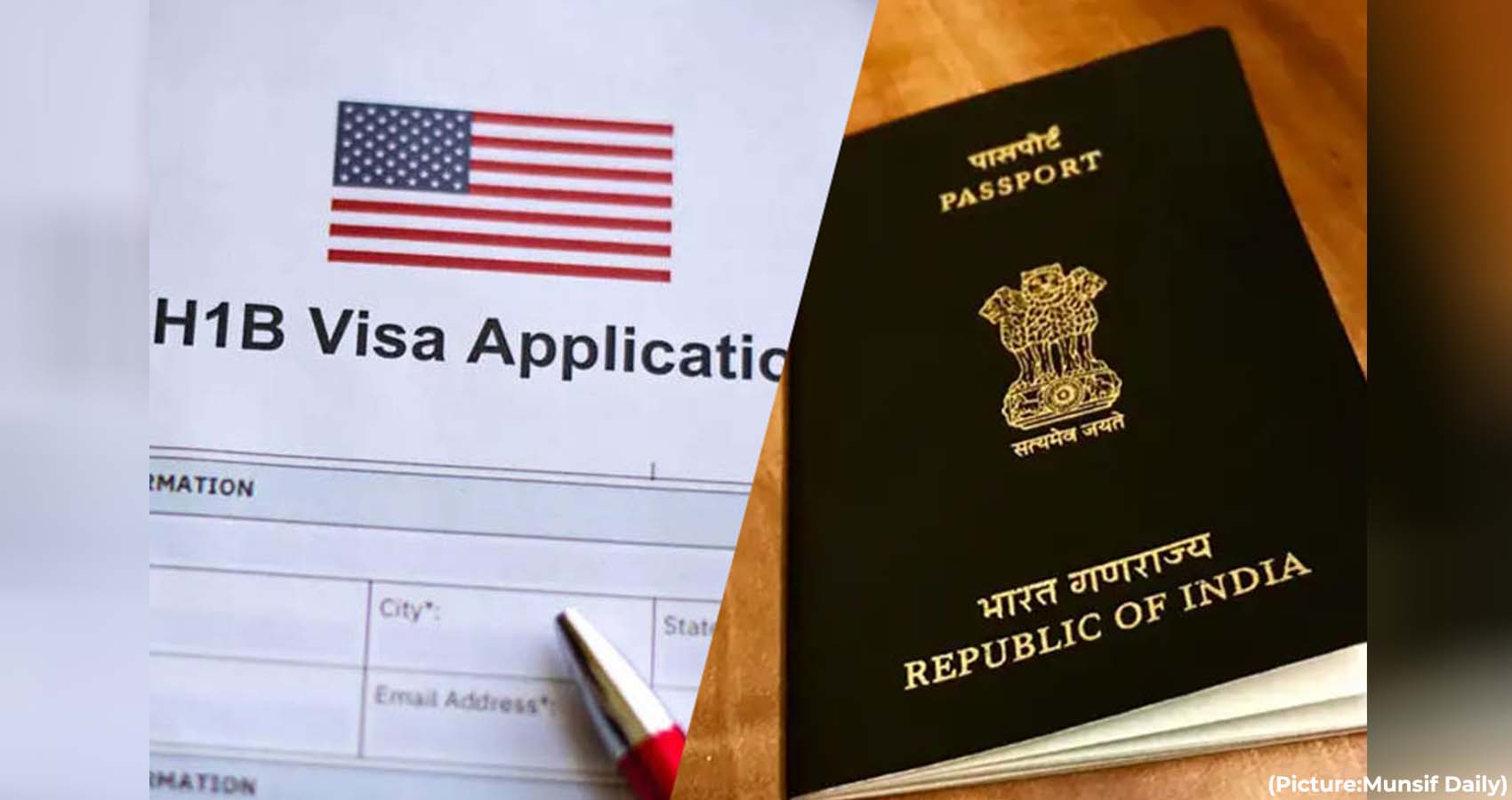
 The US approved 407,071 H-1B petitions in 2021 and 301,616 of them 74.1 per cent were for Indian workers, according to the latest report on this topic released recently by the Department of Homeland Security, the government agency that oversees immigration.
The US approved 407,071 H-1B petitions in 2021 and 301,616 of them 74.1 per cent were for Indian workers, according to the latest report on this topic released recently by the Department of Homeland Security, the government agency that oversees immigration.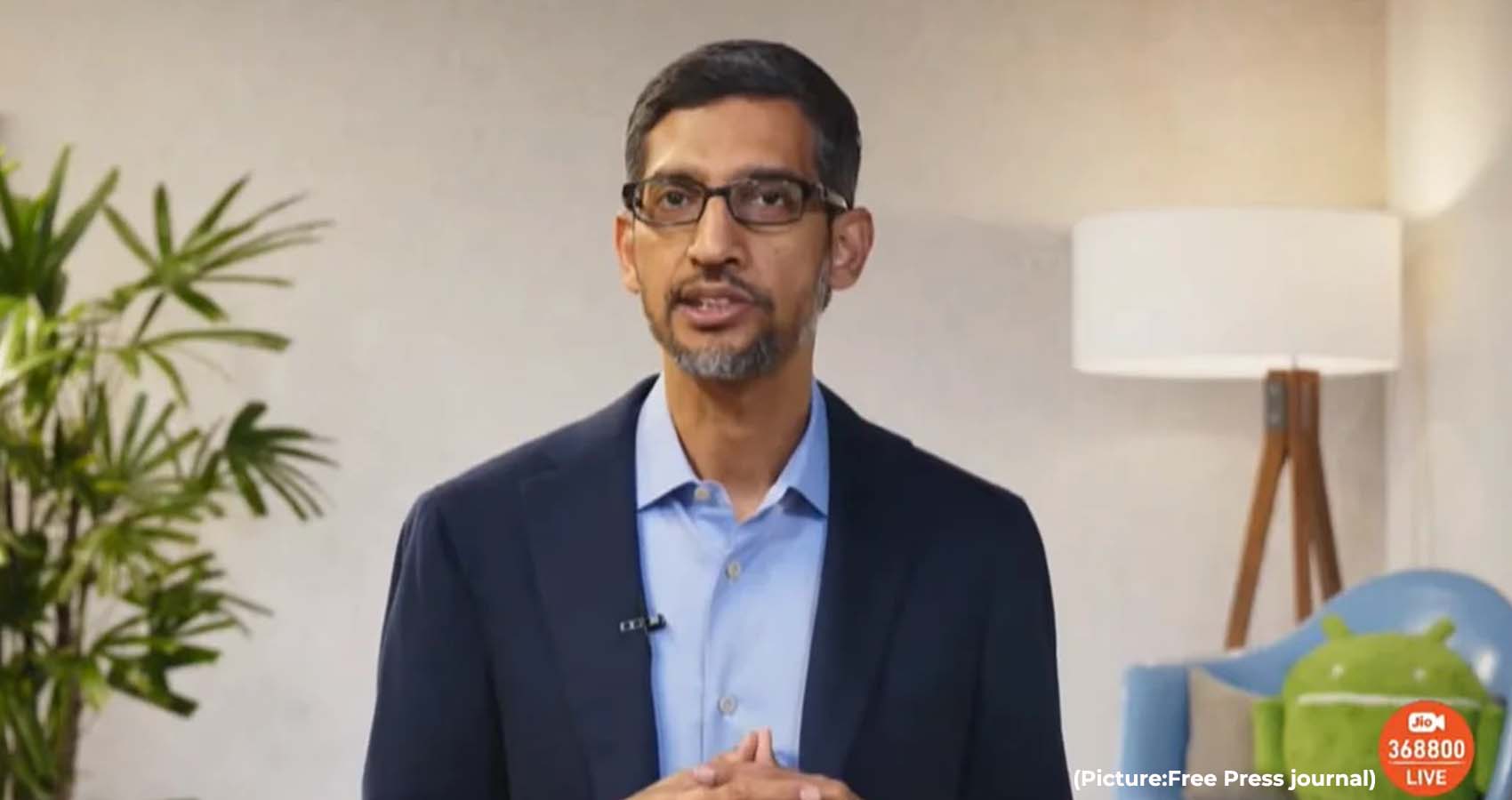

 It’s the second time this week that a powerful US corporation or government agency has disclosed the use of a court order to target hackers accused of working for Russia’s military intelligence directorate, GRU.
It’s the second time this week that a powerful US corporation or government agency has disclosed the use of a court order to target hackers accused of working for Russia’s military intelligence directorate, GRU.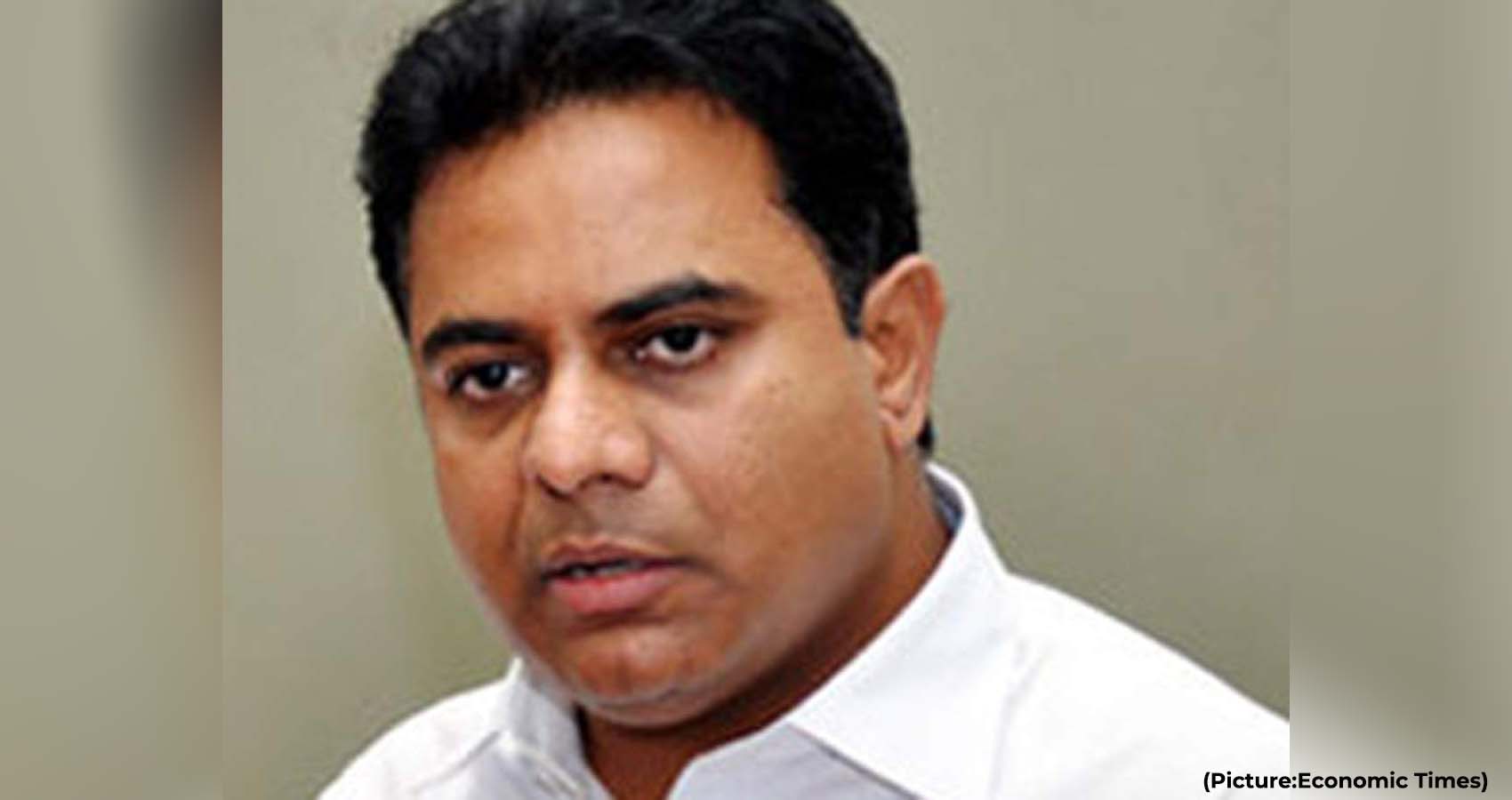
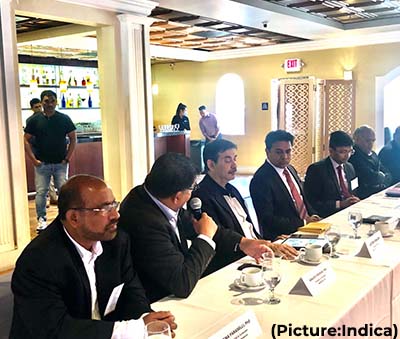 Rama Rao invited the companies to set up their research and development, digital and manufacturing operations in Hyderabad.
Rama Rao invited the companies to set up their research and development, digital and manufacturing operations in Hyderabad.
 Another major benefit of the approach is that cutting tissue out, just to figure out what it is, is a hard decision for doctors, especially for precious tissues such as the brain, spinal cord, nerves, the eye, and areas of the face. This means that doctors can miss important areas of disease. “Because we can image the living tissue, without cutting it out, we hope that MediSCAPE will make those decisions a thing of the past,” says Hillman.
Another major benefit of the approach is that cutting tissue out, just to figure out what it is, is a hard decision for doctors, especially for precious tissues such as the brain, spinal cord, nerves, the eye, and areas of the face. This means that doctors can miss important areas of disease. “Because we can image the living tissue, without cutting it out, we hope that MediSCAPE will make those decisions a thing of the past,” says Hillman.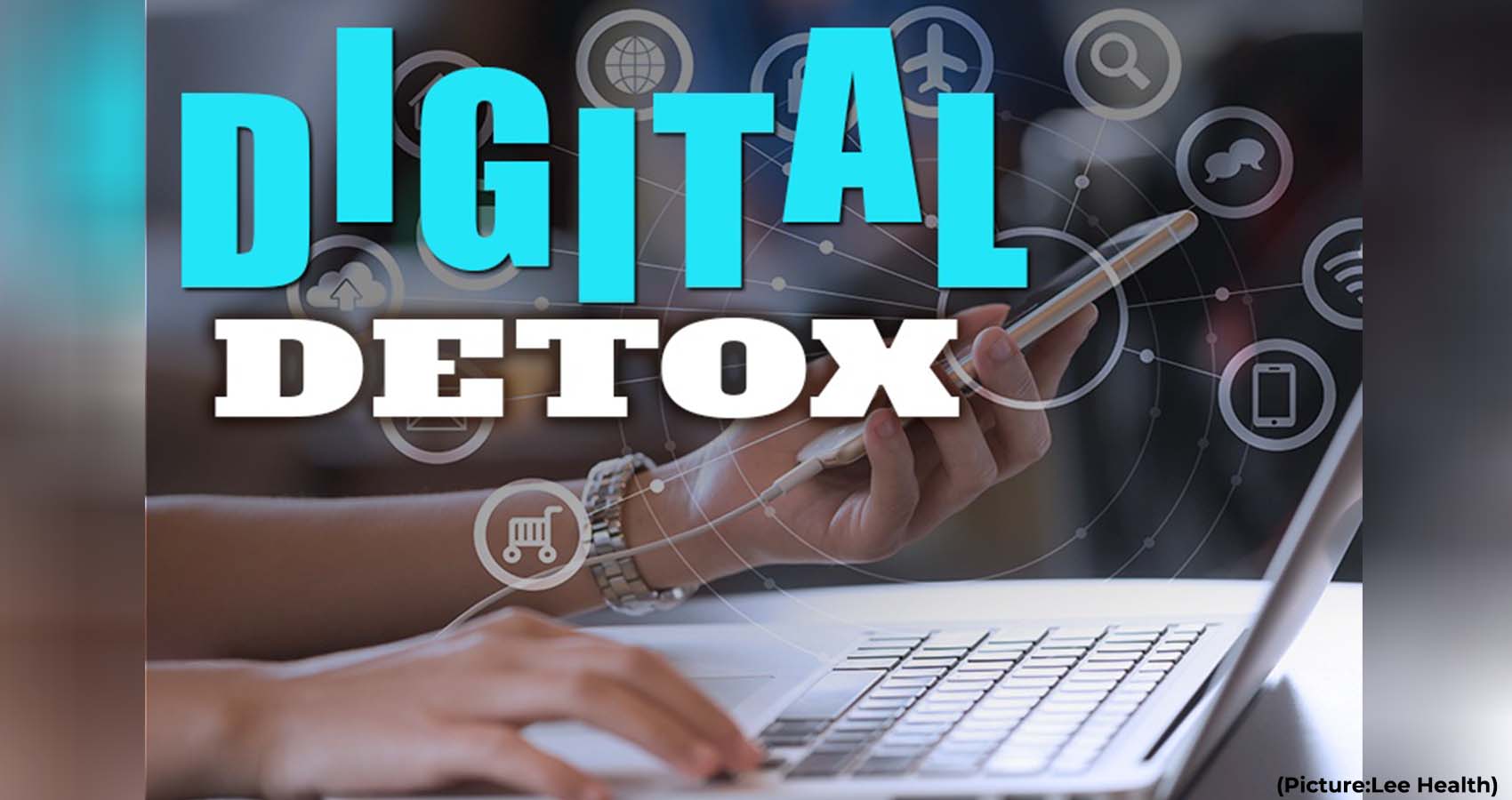
 We are constantly tethered to technology through our smartphones, tablets, computers, and even watches, and companies are pushing our psychological buttons to make us return for more. Constant distractions are ruining our cognitive functions and leaving many prone to anxiety and memory lapses. Overuse of digital media can also have detrimental effects on physical health. Too much smartphone usage can put a lot of pressure on the shoulders, neck, and spine. Technology overuse can also lead to strained injuries of the thumbs, fingers, and wrists. Overexposure to the blue light emitted by smartphones and computers can also interrupt the circadian clock, causing sleep issues.
We are constantly tethered to technology through our smartphones, tablets, computers, and even watches, and companies are pushing our psychological buttons to make us return for more. Constant distractions are ruining our cognitive functions and leaving many prone to anxiety and memory lapses. Overuse of digital media can also have detrimental effects on physical health. Too much smartphone usage can put a lot of pressure on the shoulders, neck, and spine. Technology overuse can also lead to strained injuries of the thumbs, fingers, and wrists. Overexposure to the blue light emitted by smartphones and computers can also interrupt the circadian clock, causing sleep issues.
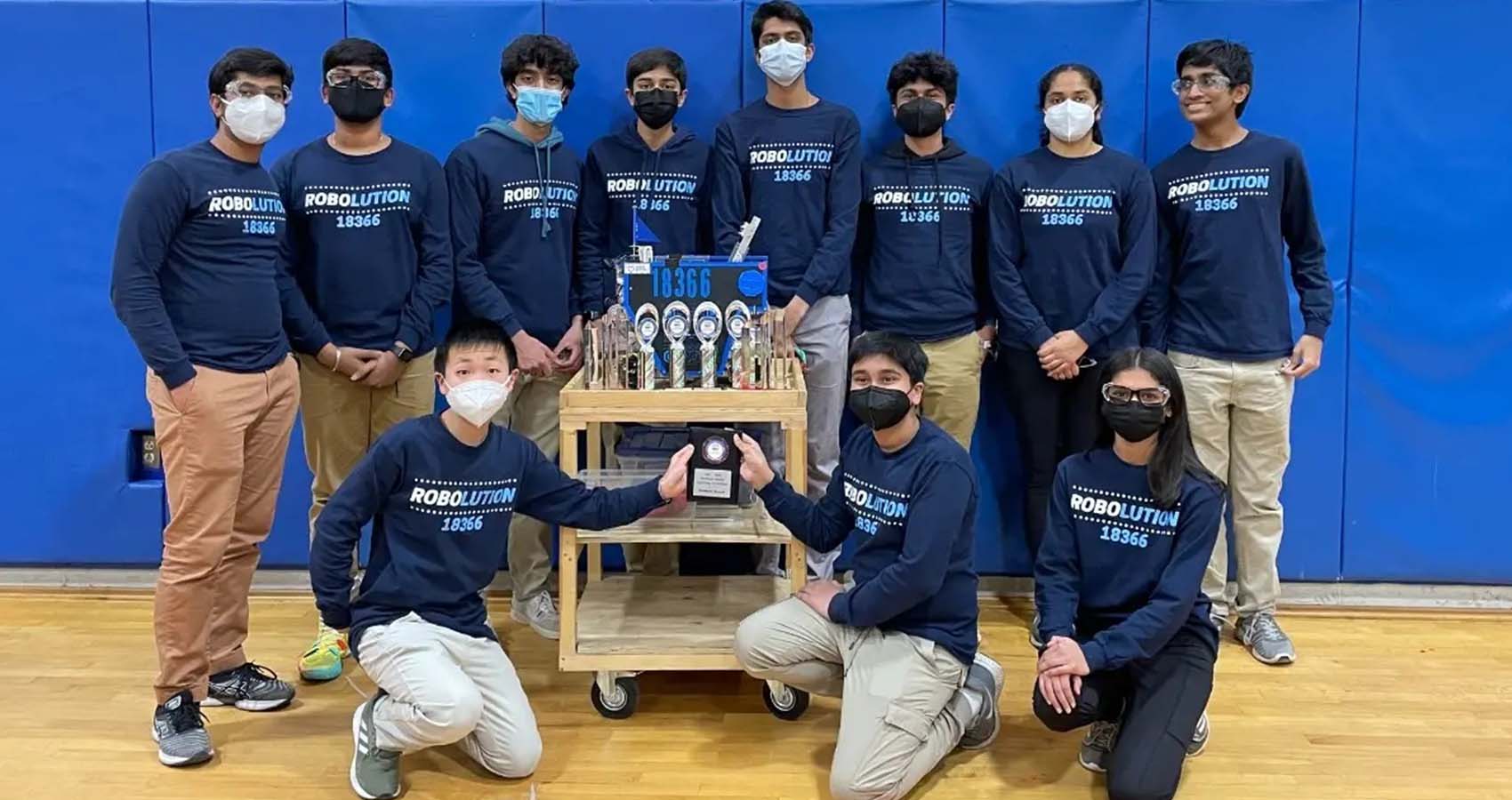
 Incorporated in 1797, Trumbull town was named after Governor Jonathan Trumbull of Lebanon, Connecticut. Located 5 miles north from the Long Island Sound, among the most virant towens in the Fairfield County in the state of Connecticut, this vibrant community offers New England charm with extensive retail, outdoor recreation, and dining options. Known for its diversity, Trumbull has a fast growing Indian American community, which excels in academia with the students of Indian American parents rank among the highest in educational achiements.
Incorporated in 1797, Trumbull town was named after Governor Jonathan Trumbull of Lebanon, Connecticut. Located 5 miles north from the Long Island Sound, among the most virant towens in the Fairfield County in the state of Connecticut, this vibrant community offers New England charm with extensive retail, outdoor recreation, and dining options. Known for its diversity, Trumbull has a fast growing Indian American community, which excels in academia with the students of Indian American parents rank among the highest in educational achiements.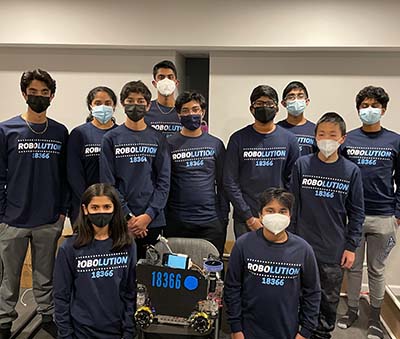 Trumbull Robotics Team won the 1st 1st place at Connect Award, which “is given to the team that most connects with their local science, technology, engineering, and math (STEM) community. We were recognized for helping our local community connect with STEM and actively helping our local community explore opportunities available in STEM.”
Trumbull Robotics Team won the 1st 1st place at Connect Award, which “is given to the team that most connects with their local science, technology, engineering, and math (STEM) community. We were recognized for helping our local community connect with STEM and actively helping our local community explore opportunities available in STEM.”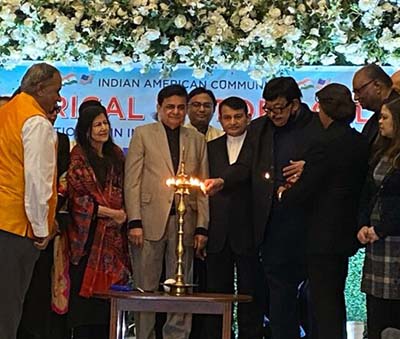 “Team Robolution had a very successful day at the CT State Championship on February 26th, 2022, winning first place for both the Connect and the Promote Award and second place for the Inspire Award. In addition to the team’s achievements, junior Aarav Parekh was one of two individuals in the state nominated as a 2022 Dean’s List Finalist. Robolution’s success has qualified them as one of the two teams to represent the state of Connecticut at the FTC World Championship in Houston this April,” the Team’s website stated.
“Team Robolution had a very successful day at the CT State Championship on February 26th, 2022, winning first place for both the Connect and the Promote Award and second place for the Inspire Award. In addition to the team’s achievements, junior Aarav Parekh was one of two individuals in the state nominated as a 2022 Dean’s List Finalist. Robolution’s success has qualified them as one of the two teams to represent the state of Connecticut at the FTC World Championship in Houston this April,” the Team’s website stated.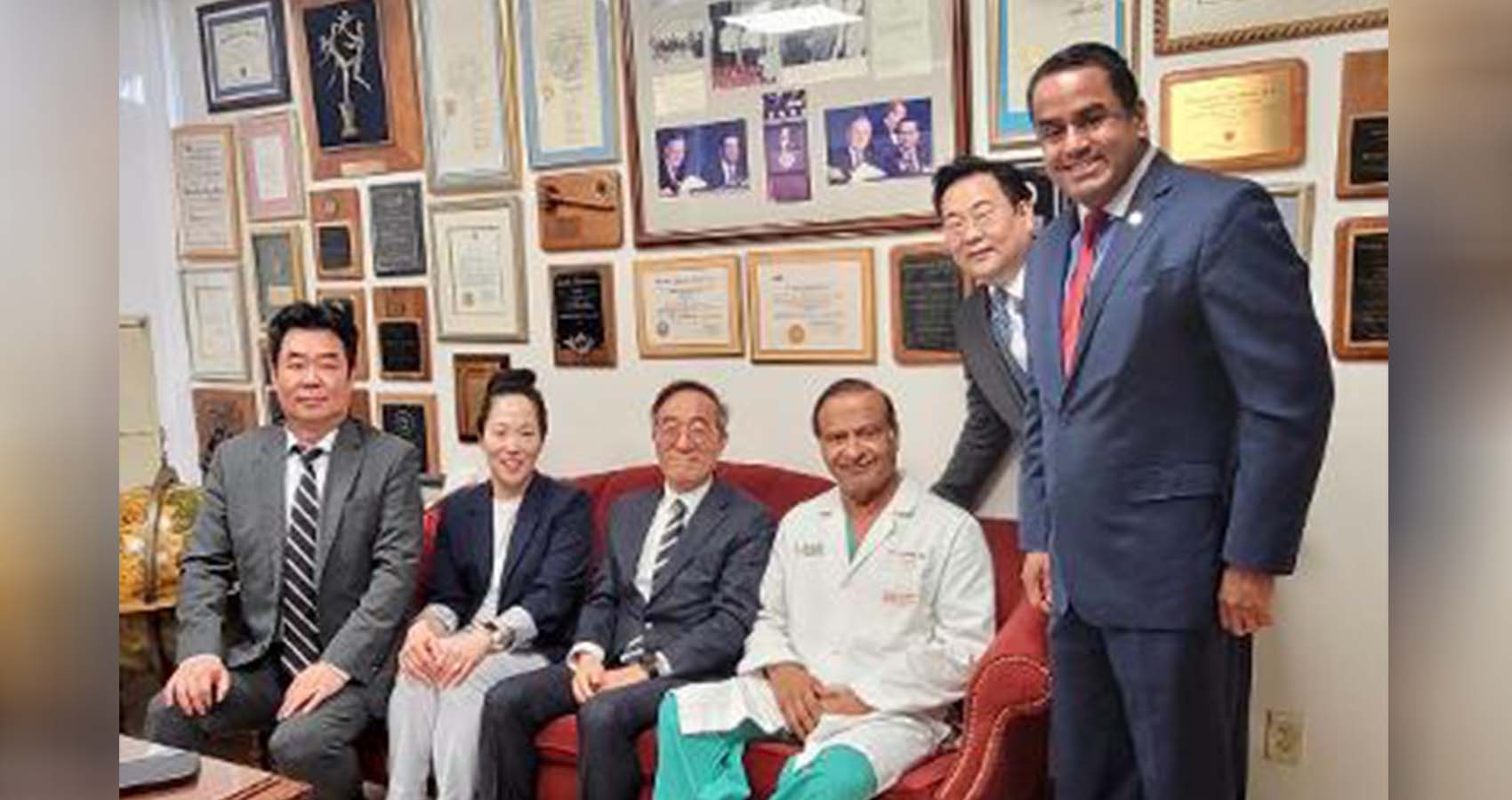
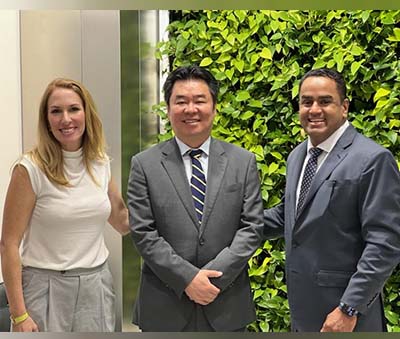 “In the U.S., it takes as long as three days for a patient to get diagnostic test results. During that time, informed decision making comes to a standstill, even while costs mount,” said Boditech Med co-founder and CEO Eui-Yul Choi, Ph.D. “At Boditech, we develop and manufacture point-of-care tests that deliver actionable results in 12 to 15 minutes. Our goal in the U.S. is to flip the diagnostic industry on its head so that patients get timely, quality care while the healthcare system minimizes waste.”
“In the U.S., it takes as long as three days for a patient to get diagnostic test results. During that time, informed decision making comes to a standstill, even while costs mount,” said Boditech Med co-founder and CEO Eui-Yul Choi, Ph.D. “At Boditech, we develop and manufacture point-of-care tests that deliver actionable results in 12 to 15 minutes. Our goal in the U.S. is to flip the diagnostic industry on its head so that patients get timely, quality care while the healthcare system minimizes waste.”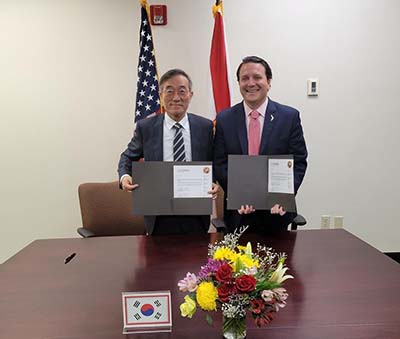 Boditech is currently seeking approvals from the U.S. Food and Drug Administration for several diagnostic solutions in cardiac, cancer, hormone, infectious disease, and other therapeutic areas. Timelines and precise locations remain in the works. Boditech intends to hire hundreds of Americans to support its efforts.
Boditech is currently seeking approvals from the U.S. Food and Drug Administration for several diagnostic solutions in cardiac, cancer, hormone, infectious disease, and other therapeutic areas. Timelines and precise locations remain in the works. Boditech intends to hire hundreds of Americans to support its efforts.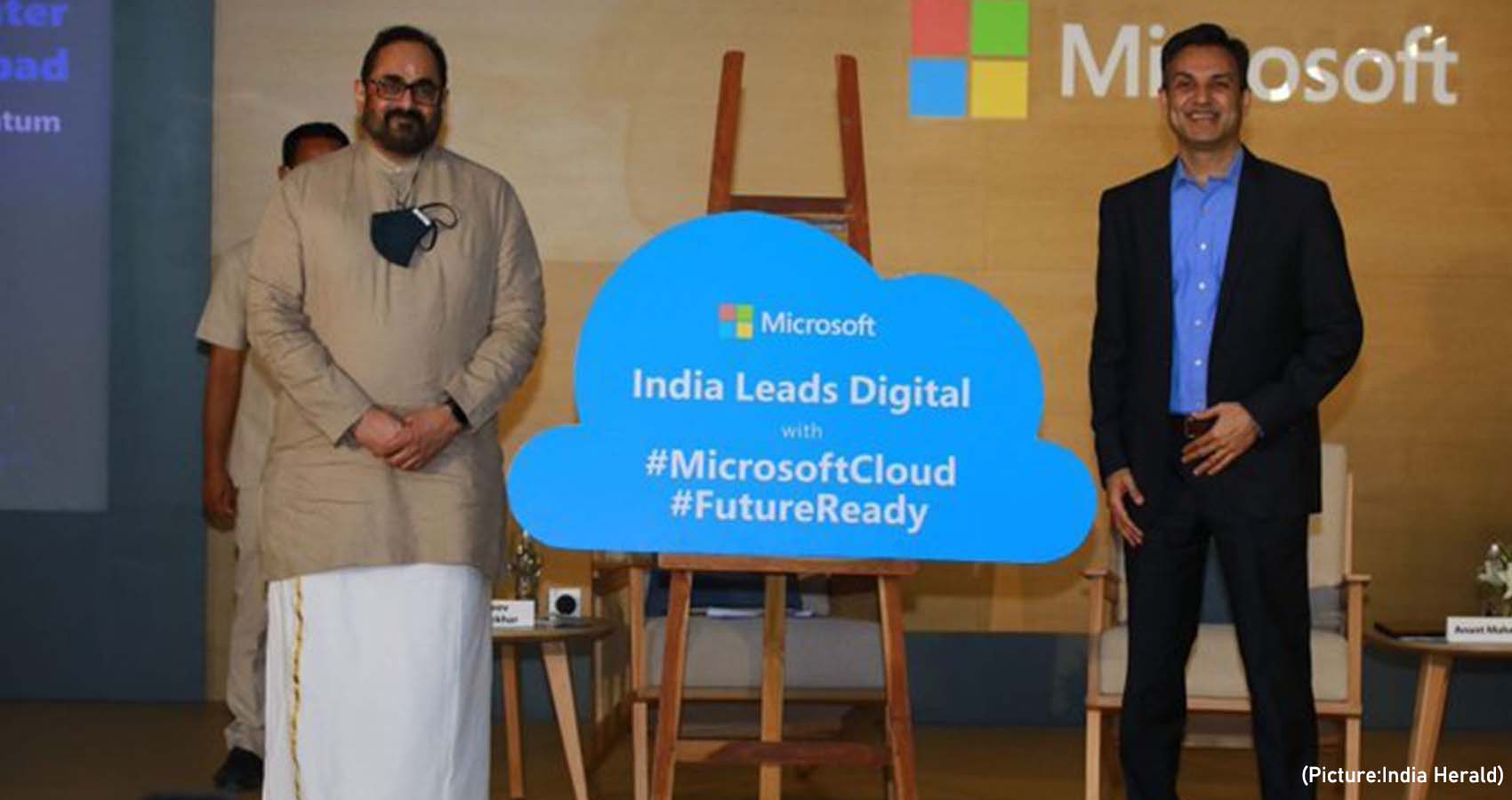
 The Hyderabad data centre region is another addition to the existing network of 3 regions in India across Pune, Mumbai, and Chennai, which have been operational for more than five years.
The Hyderabad data centre region is another addition to the existing network of 3 regions in India across Pune, Mumbai, and Chennai, which have been operational for more than five years.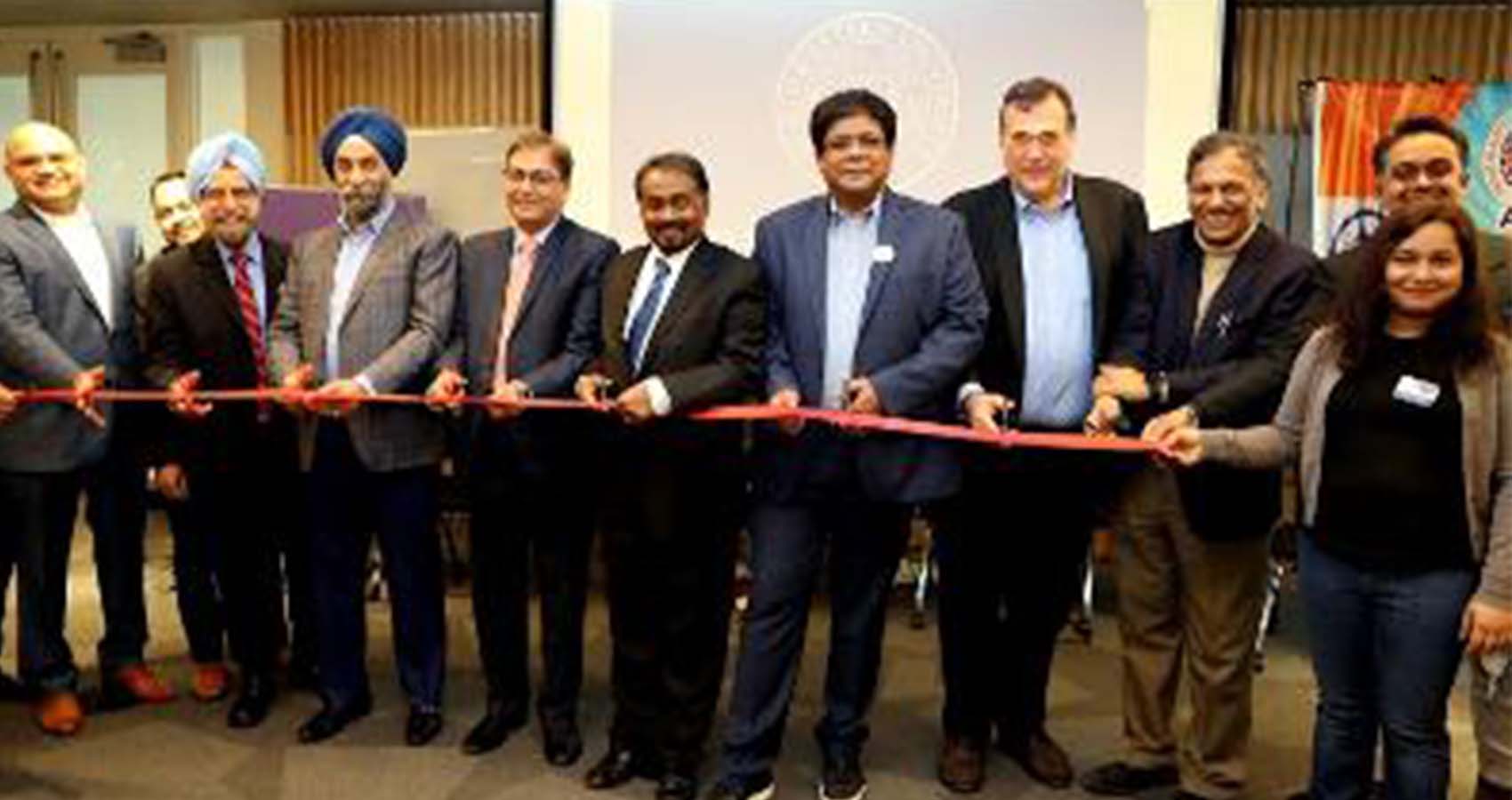
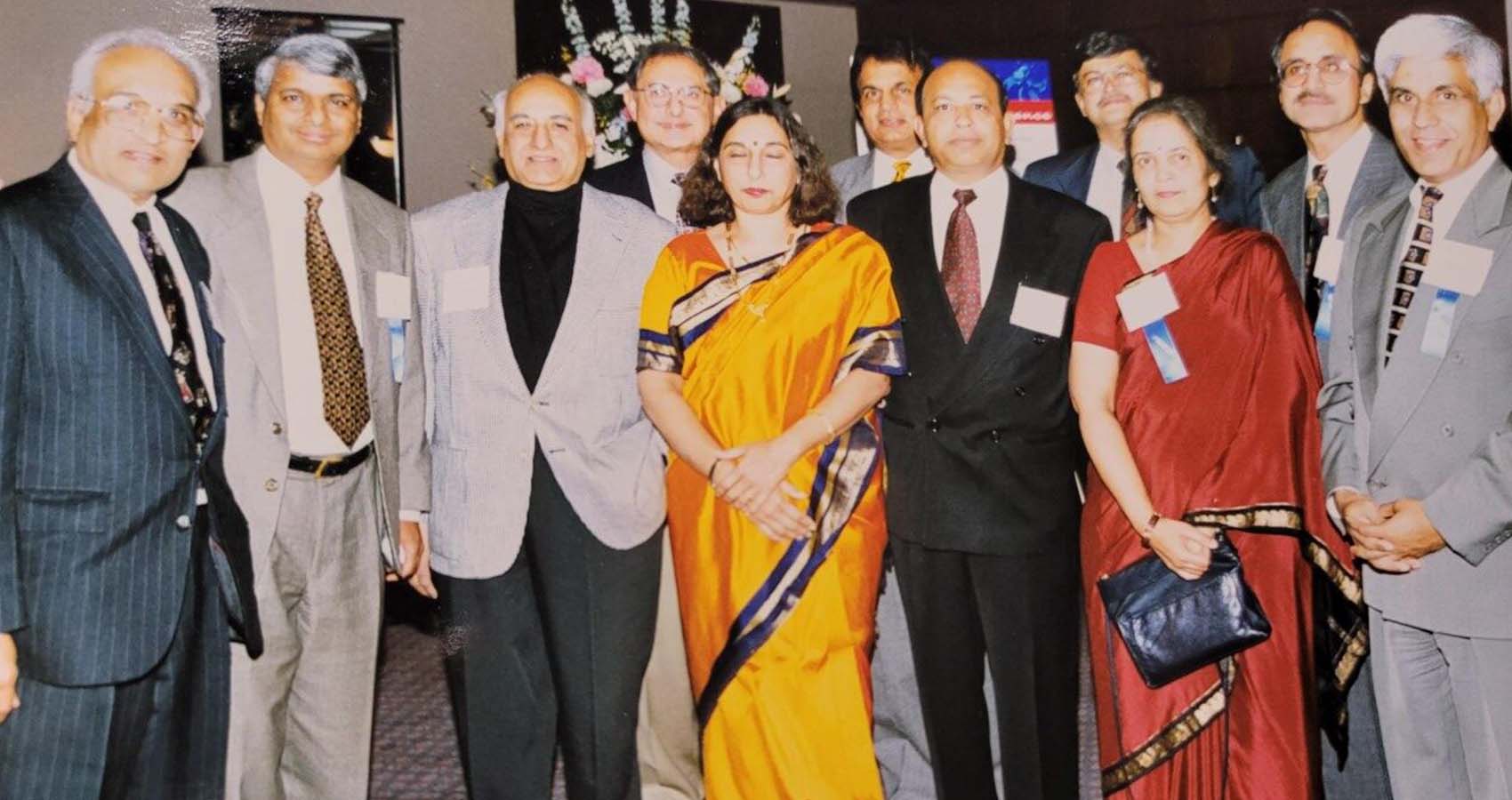
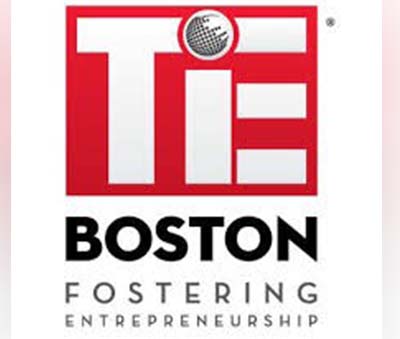 What started as TiE Atlantic in February 1997 as the dream of 13 Founding Members and only the second TiE Chapter worldwide, has now grown into an unparalleled network of successful, serial entrepreneurs who are deeply engaged and committed to giving back to the community by providing mentorship, tactical advice, and expertise to rising entrepreneurs.
What started as TiE Atlantic in February 1997 as the dream of 13 Founding Members and only the second TiE Chapter worldwide, has now grown into an unparalleled network of successful, serial entrepreneurs who are deeply engaged and committed to giving back to the community by providing mentorship, tactical advice, and expertise to rising entrepreneurs.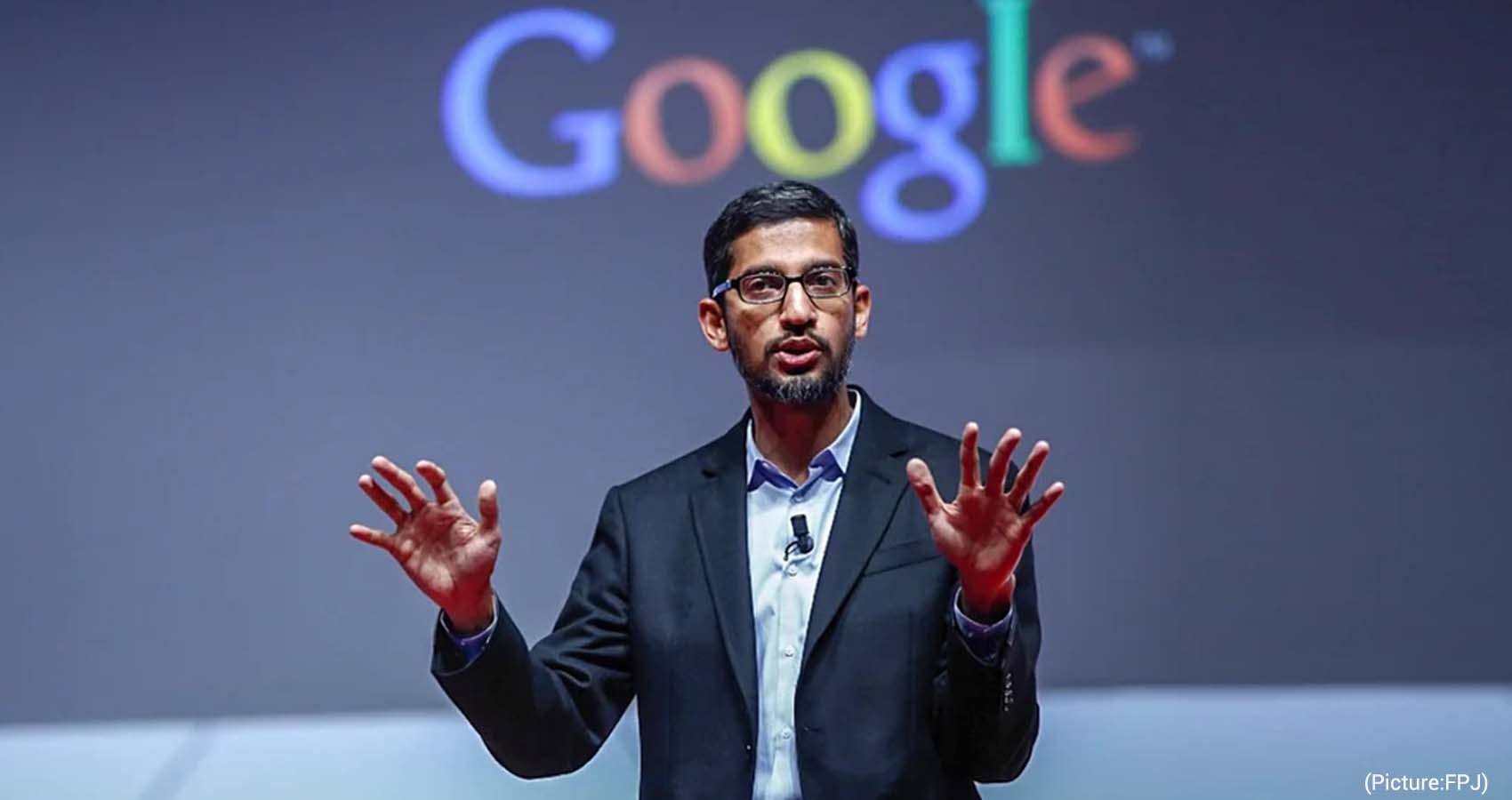
 Nearly 70,000 Americans have completed Google Career Certificates to date. “They are available to anyone, no college degree required. Seventy-five percent of graduates report seeing a positive impact on their career within six months, including a raise or a new job,” Pichai added.
Nearly 70,000 Americans have completed Google Career Certificates to date. “They are available to anyone, no college degree required. Seventy-five percent of graduates report seeing a positive impact on their career within six months, including a raise or a new job,” Pichai added.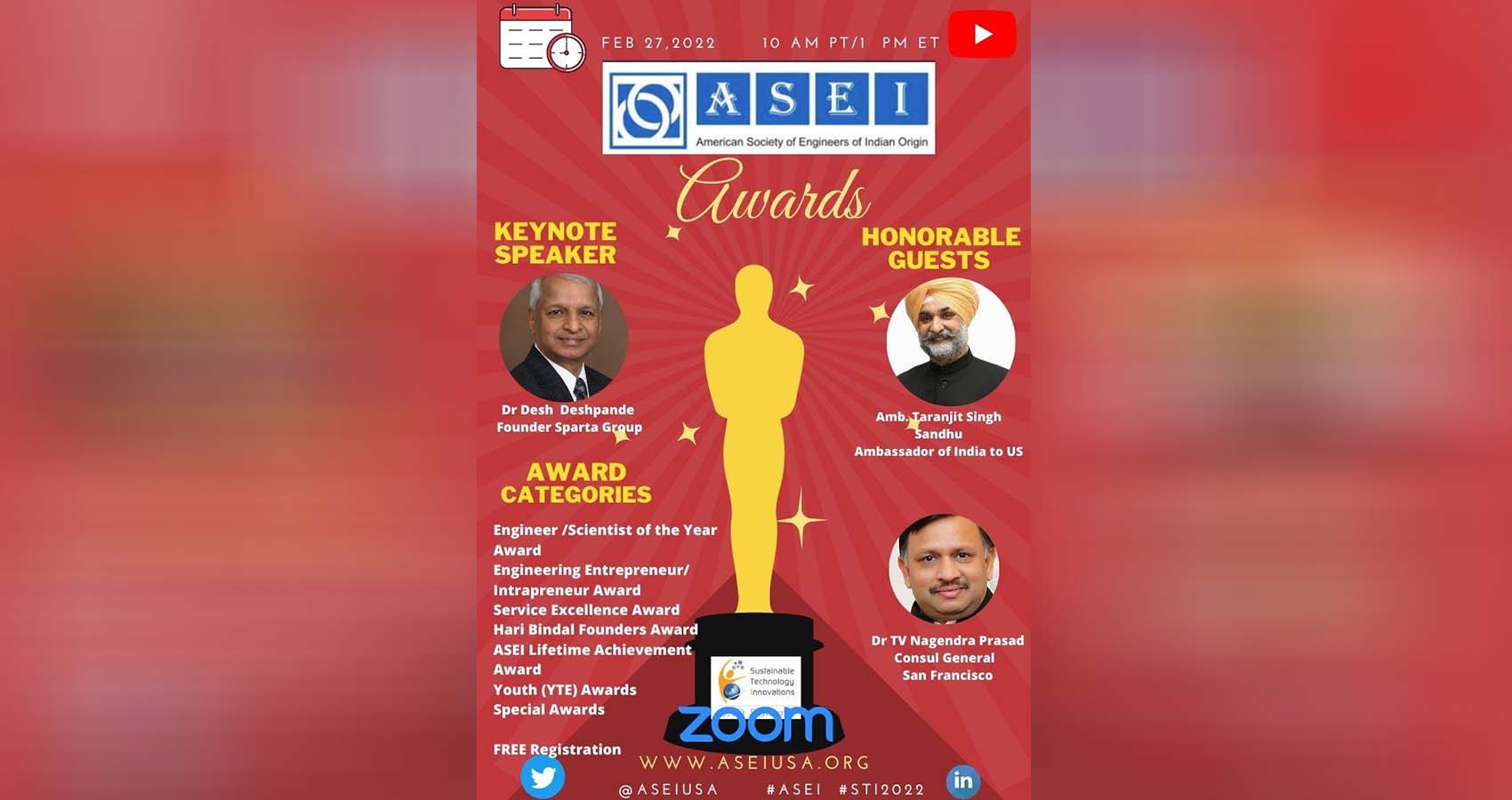
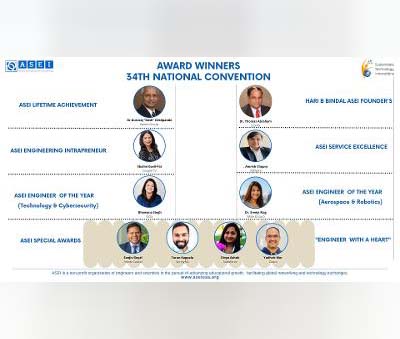 The award ceremony for this convention will end with a finale awards ceremony session on Feb27 at 10 am (PST). where 10 outstanding achievers and those who contributed to ASEI growth and the society at large will be honored in addition to student winners of the YTE competition. This year’s outstanding achievement awards go to the following:
The award ceremony for this convention will end with a finale awards ceremony session on Feb27 at 10 am (PST). where 10 outstanding achievers and those who contributed to ASEI growth and the society at large will be honored in addition to student winners of the YTE competition. This year’s outstanding achievement awards go to the following:
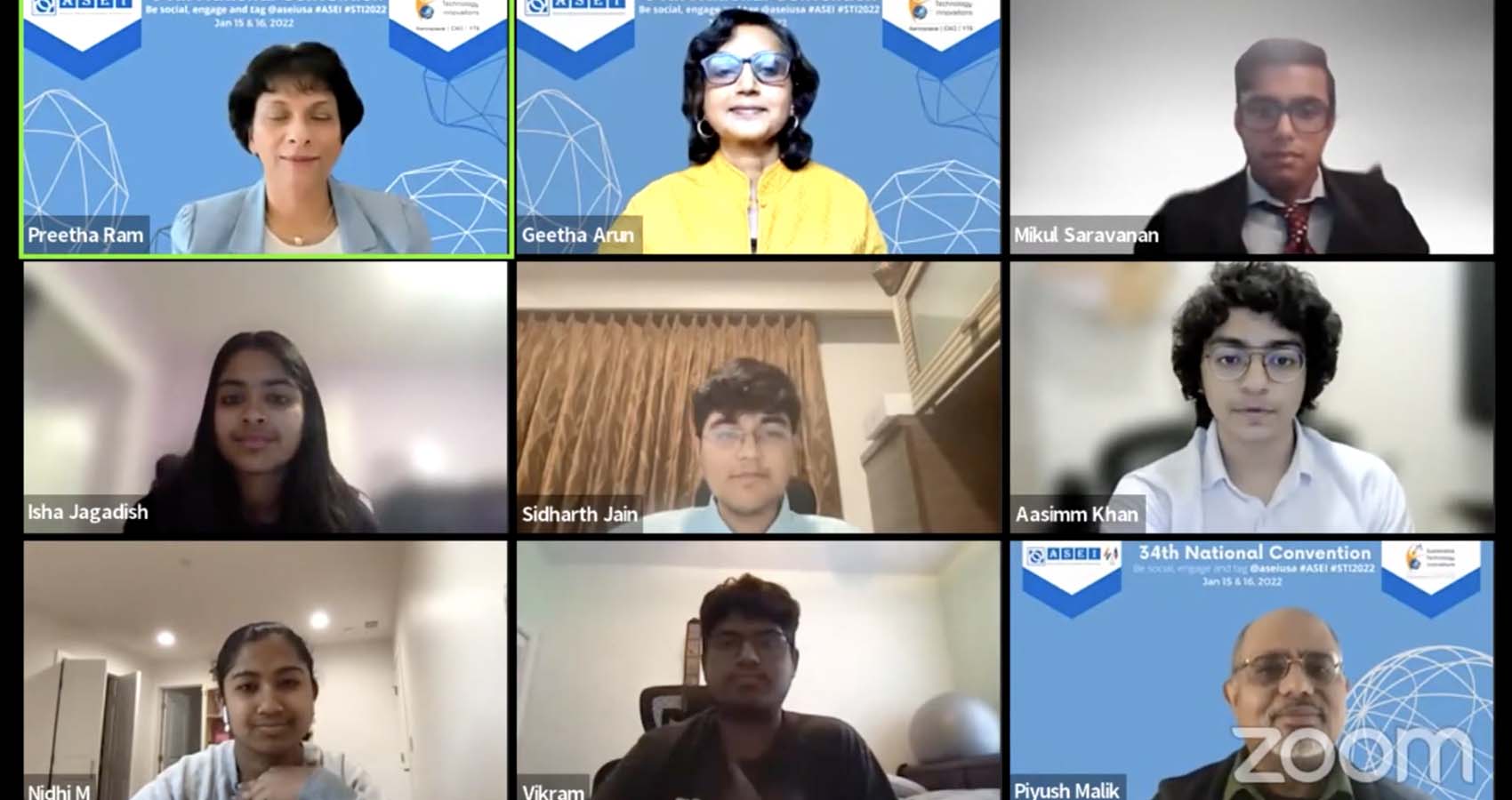
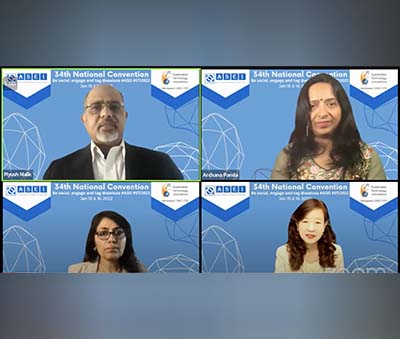 Living on the moon panel explored getting most efficiently and cheaply to the Moon not only for tourism, but to establish settlements on the Moon, to live and work there. This time, it will be mining for the most important, life sustaining water-ice on the Moon, as well as exploring the lava tubes for habitats. Moderated by Dr. David Livingston, the knowledgeable expert panelists Dr. Bhavya Lal, Prof. Haym Benoroya and Dr. Ajay Kothari shared their vision
Living on the moon panel explored getting most efficiently and cheaply to the Moon not only for tourism, but to establish settlements on the Moon, to live and work there. This time, it will be mining for the most important, life sustaining water-ice on the Moon, as well as exploring the lava tubes for habitats. Moderated by Dr. David Livingston, the knowledgeable expert panelists Dr. Bhavya Lal, Prof. Haym Benoroya and Dr. Ajay Kothari shared their vision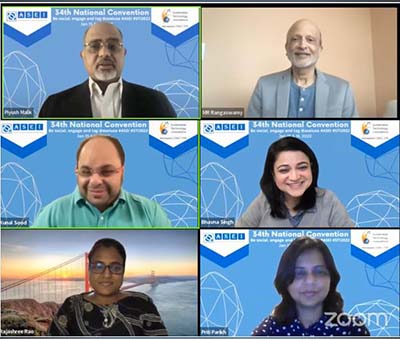 Veteran philanthropist and venture capitalist MR Rangaswami captivated the audience with his whirlwind tour of 40 years’ journey of Indian engineers from the trenches to the corner office in the US. Citing numerous success stories from his chapter in the book “Kamala Harris and the rise of Indian Americans”, he engaged with audience questions as well.
Veteran philanthropist and venture capitalist MR Rangaswami captivated the audience with his whirlwind tour of 40 years’ journey of Indian engineers from the trenches to the corner office in the US. Citing numerous success stories from his chapter in the book “Kamala Harris and the rise of Indian Americans”, he engaged with audience questions as well.
 The RBI has already been keenly watching the performance of major economies worldwide and their respective central banks for CBDC schemes. As a result, the central bank has almost decided on the issue of official digital currency. While the Reserve Bank mentions the need for central banking digital currency (CBDC), it also makes it clear that the government is concerned about the risks surrounding other cryptocurrencies. Why has the government not yet officially banned such currencies? Why did the Supreme Court overturn the ban on banks operating cryptocurrencies? The questions are numerous.
The RBI has already been keenly watching the performance of major economies worldwide and their respective central banks for CBDC schemes. As a result, the central bank has almost decided on the issue of official digital currency. While the Reserve Bank mentions the need for central banking digital currency (CBDC), it also makes it clear that the government is concerned about the risks surrounding other cryptocurrencies. Why has the government not yet officially banned such currencies? Why did the Supreme Court overturn the ban on banks operating cryptocurrencies? The questions are numerous.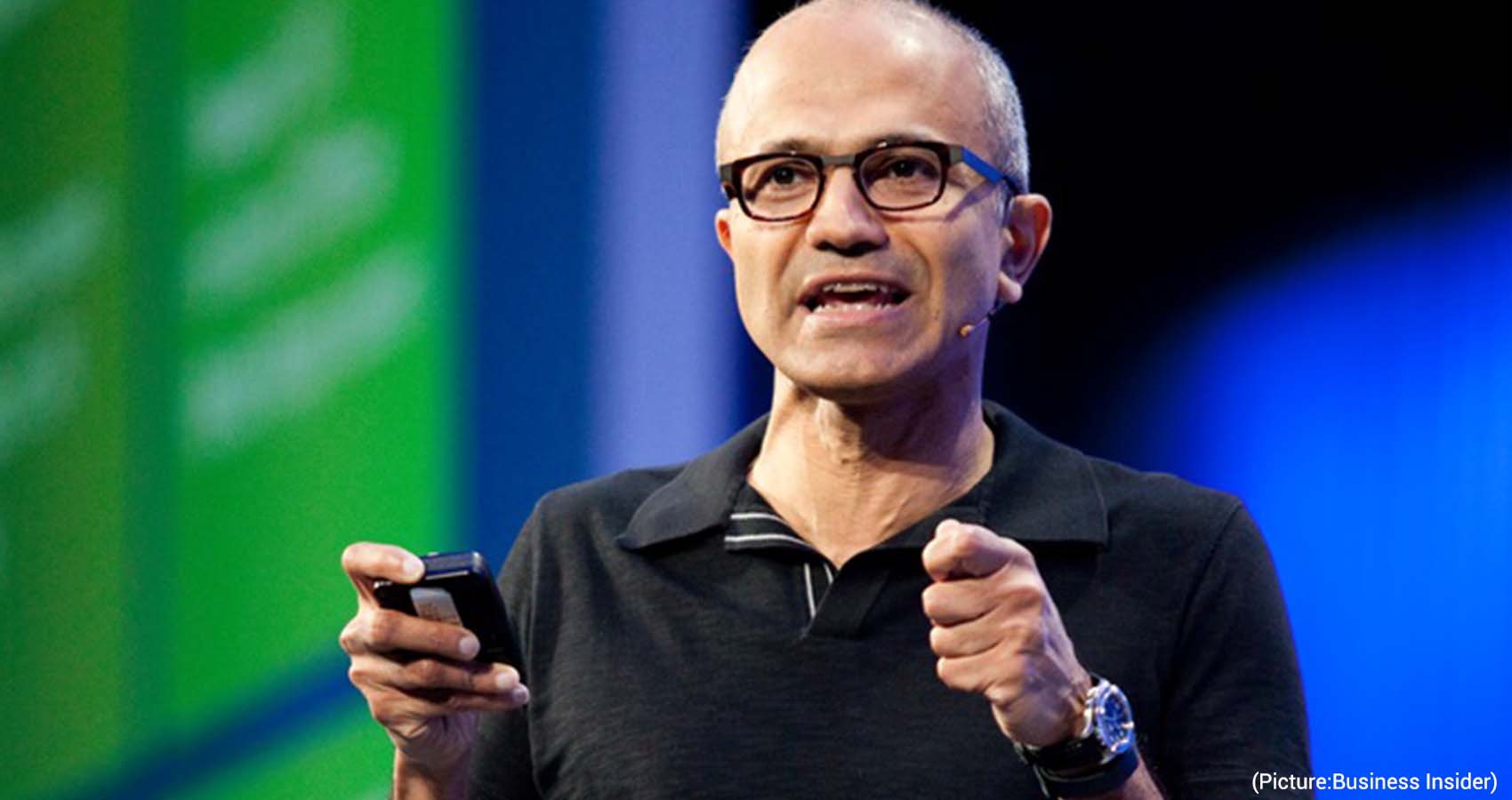
 Brand guardians from these two countries head up a number of key sectors: Jianjun Wei of Great Wall in Automobiles at 3, Patricia Griffith of Progressive Insurance at 11, Xiongjun Ding of Moutai Spirits at 12, and Baoan Xin of State Grid Utilities at 13.
Brand guardians from these two countries head up a number of key sectors: Jianjun Wei of Great Wall in Automobiles at 3, Patricia Griffith of Progressive Insurance at 11, Xiongjun Ding of Moutai Spirits at 12, and Baoan Xin of State Grid Utilities at 13.
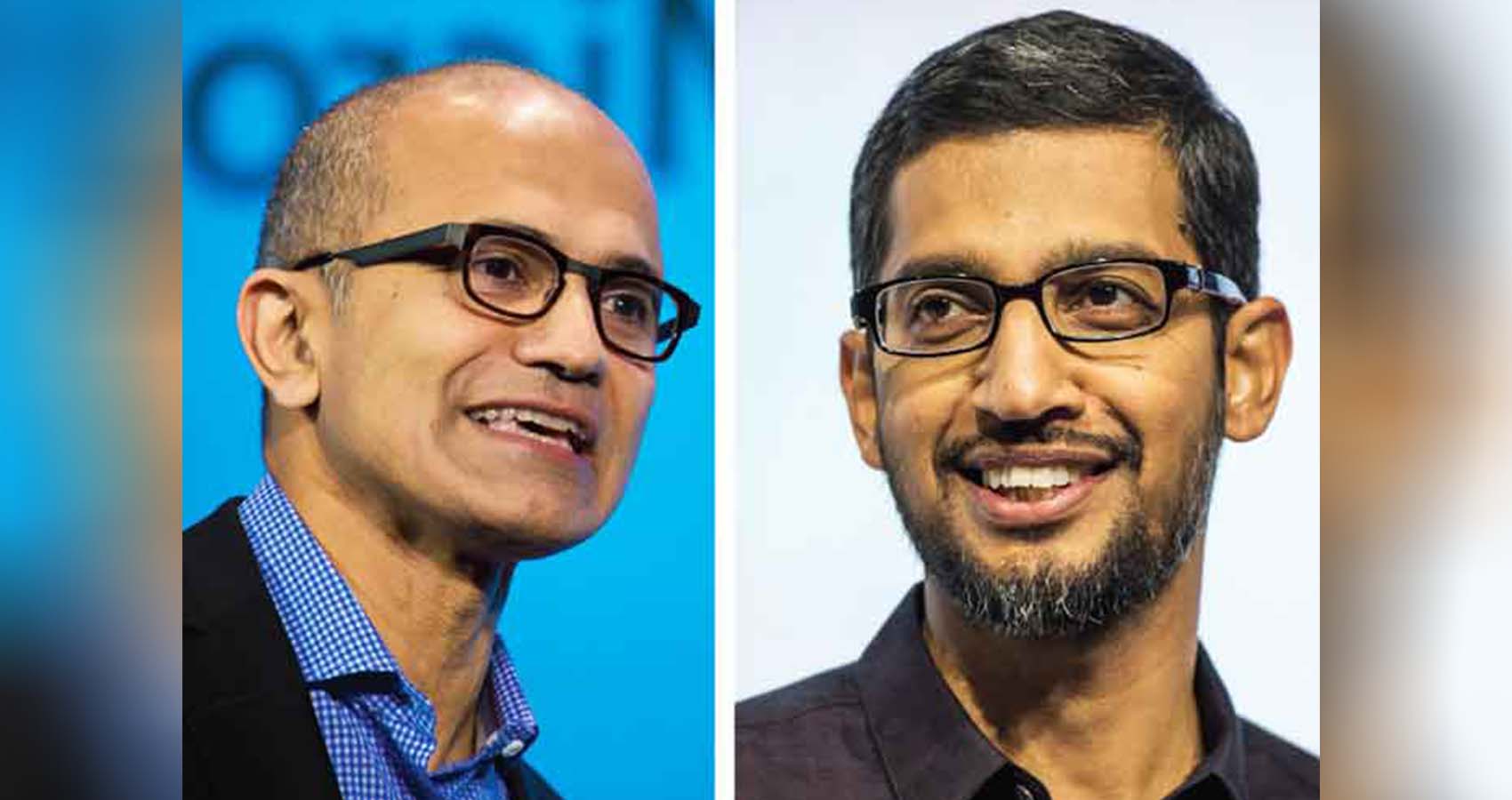
 On the other hand, a report in MoneyControl stated that Pichai had issued a statement saying, “I am deeply grateful to the Padma Awards Committee, the President and Prime Minister, as well as the people of India for this honour. It’s made all the more meaningful to be among this esteemed group of individuals who have each had a profound impact on their fields and communities, and I am humbled to receive this award alongside them.”
On the other hand, a report in MoneyControl stated that Pichai had issued a statement saying, “I am deeply grateful to the Padma Awards Committee, the President and Prime Minister, as well as the people of India for this honour. It’s made all the more meaningful to be among this esteemed group of individuals who have each had a profound impact on their fields and communities, and I am humbled to receive this award alongside them.”
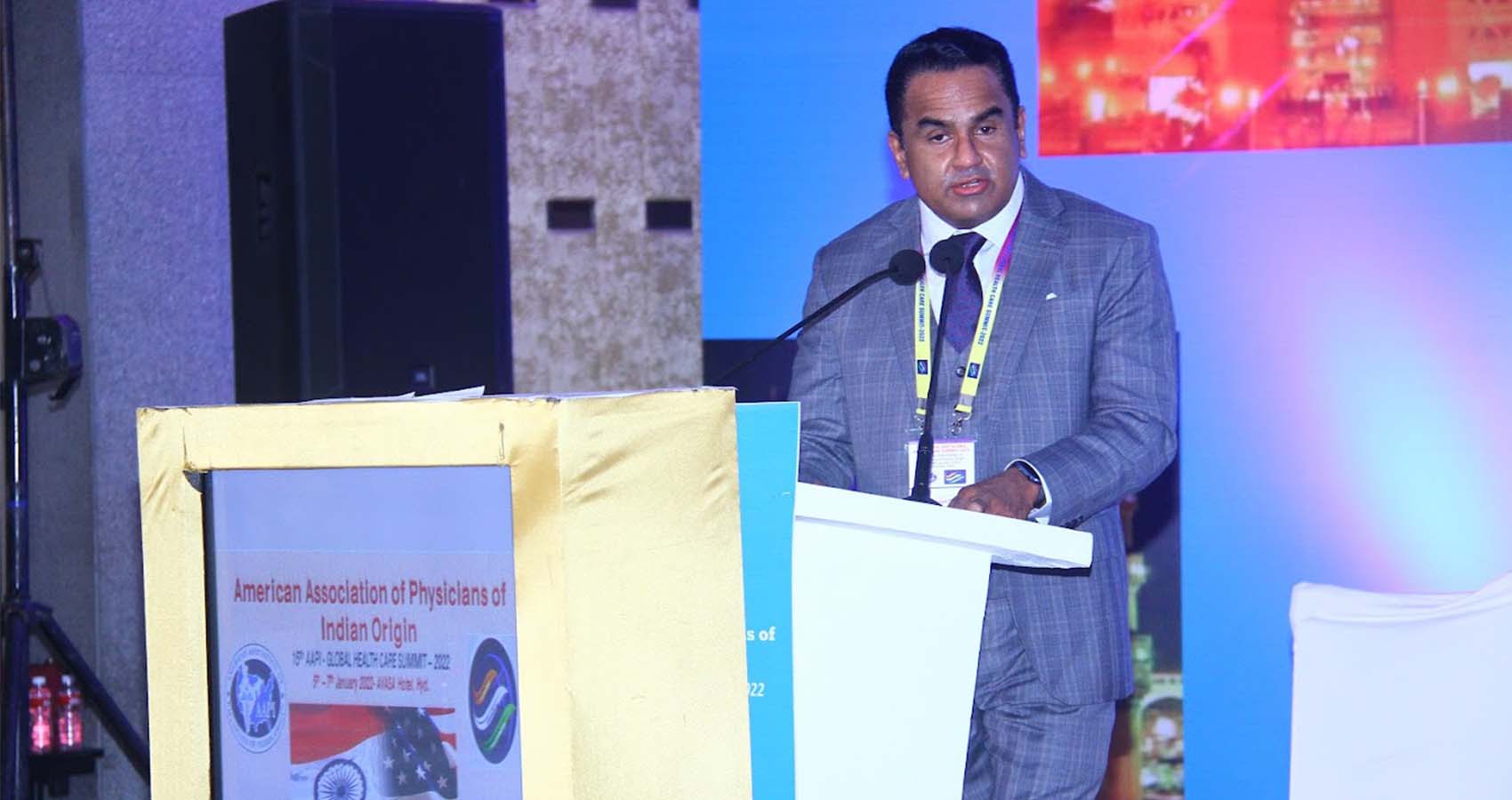
 During the much anticipated CEOs Forum, a panel of healthcare experts, health industry leaders, opinion makers, and community organizers discussed the significance of promoting Preventive healthcare in India.
During the much anticipated CEOs Forum, a panel of healthcare experts, health industry leaders, opinion makers, and community organizers discussed the significance of promoting Preventive healthcare in India. Analyzing and assimilating the diverse and expert views expressed by the renowned speakers at the CEO Forum regarding the current state of healthcare in India, the CEO Forum provided a great stage to interact with a varied and distinct group of individuals and corporations, and comprehend the complex dynamics of the commerce of health care enterprise.
Analyzing and assimilating the diverse and expert views expressed by the renowned speakers at the CEO Forum regarding the current state of healthcare in India, the CEO Forum provided a great stage to interact with a varied and distinct group of individuals and corporations, and comprehend the complex dynamics of the commerce of health care enterprise.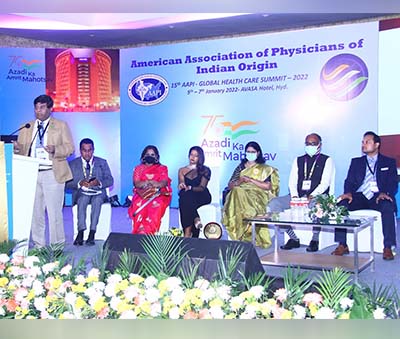 Urging the Government of India to encourage private hospitals and insurance companies to provide Annual Physical exams, or Telehealth visits at an affordable cost to patients, the CEO Forum members stated, “many routine lab tests, vaccinations, blood pressure checks, and some cancer screenings like self-breast examination can be done remotely and even at patients’ homes with the help of Asha
Urging the Government of India to encourage private hospitals and insurance companies to provide Annual Physical exams, or Telehealth visits at an affordable cost to patients, the CEO Forum members stated, “many routine lab tests, vaccinations, blood pressure checks, and some cancer screenings like self-breast examination can be done remotely and even at patients’ homes with the help of Asha 
 The children, aged 8 to 15, participated in the workshop for 12 classes — every Saturday — for about 12 weeks to create photo stories shot on iPhones.
The children, aged 8 to 15, participated in the workshop for 12 classes — every Saturday — for about 12 weeks to create photo stories shot on iPhones.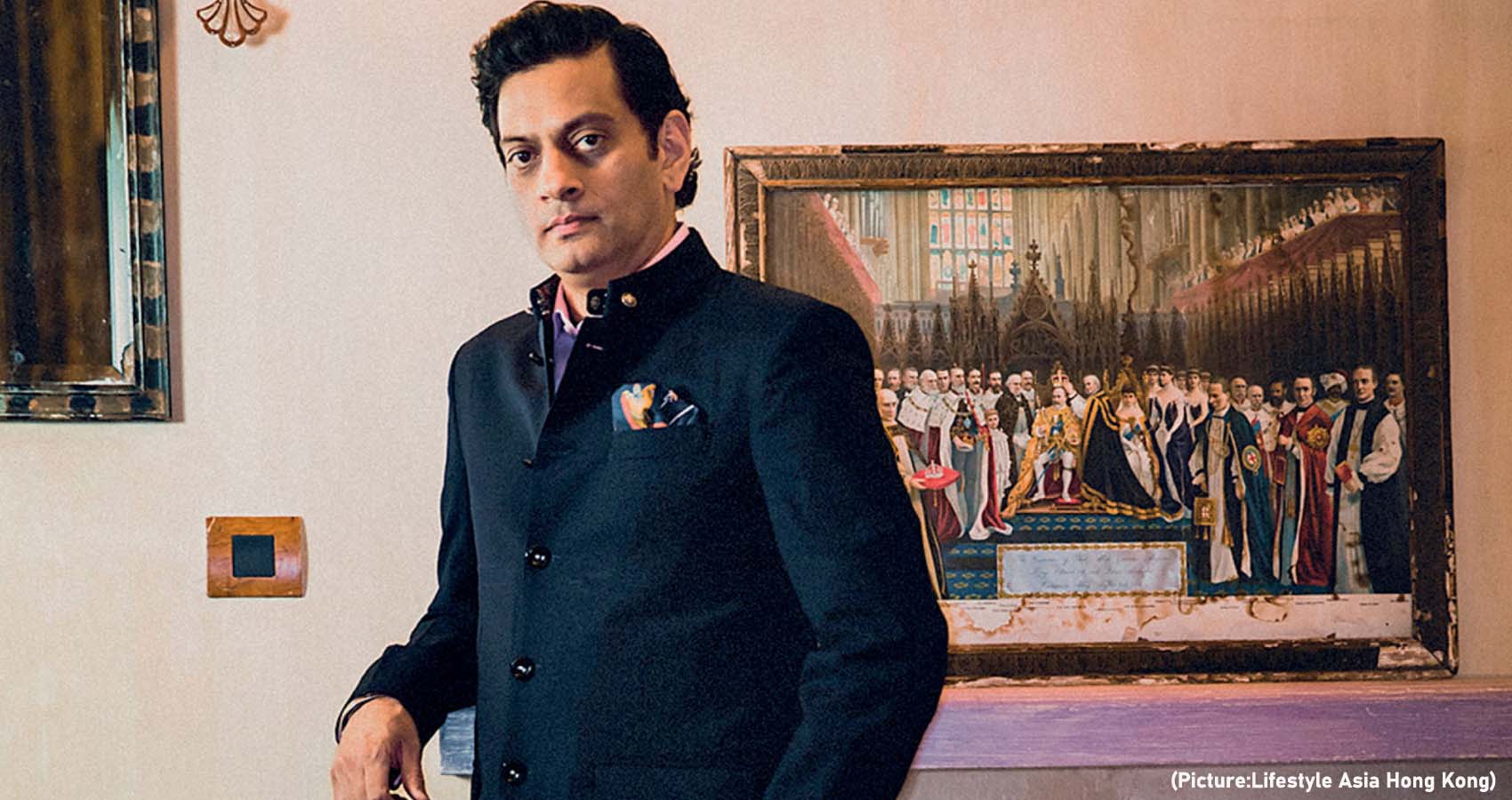

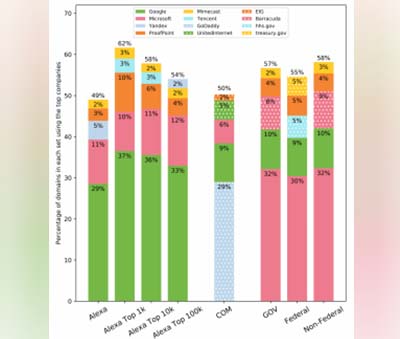 Top providers and the number and percentage of domains using these companies in different sets of domain names
Top providers and the number and percentage of domains using these companies in different sets of domain names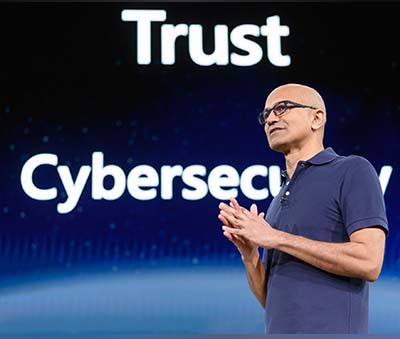 However, outsourcing email service to US companies can also have legal implications. Under the 2018 CLOUD Act, US-based providers can be legally compelled to provide stored customer data, including e-mail, to US law enforcement agencies, regardless of the location of the data, or of the nationality or residency of the customer using the data.
However, outsourcing email service to US companies can also have legal implications. Under the 2018 CLOUD Act, US-based providers can be legally compelled to provide stored customer data, including e-mail, to US law enforcement agencies, regardless of the location of the data, or of the nationality or residency of the customer using the data. 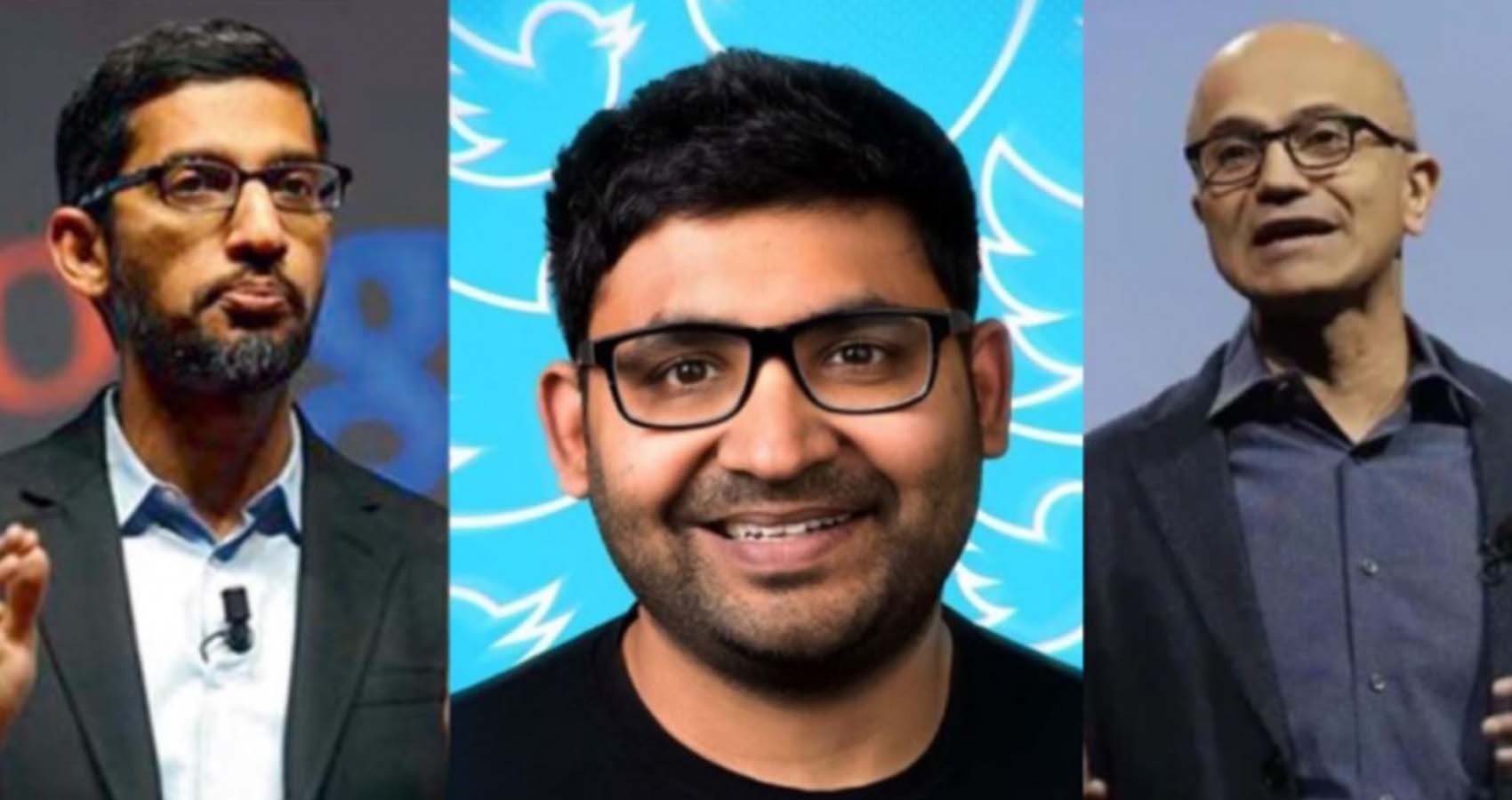
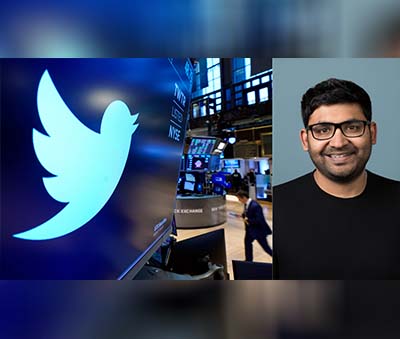 “No other nation in the world ‘trains’ so many citizens in such a gladiatorial manner as India does,” says R Gopalakrishnan, former executive director of Tata Sons and co-author of The Made in India Manager.
“No other nation in the world ‘trains’ so many citizens in such a gladiatorial manner as India does,” says R Gopalakrishnan, former executive director of Tata Sons and co-author of The Made in India Manager.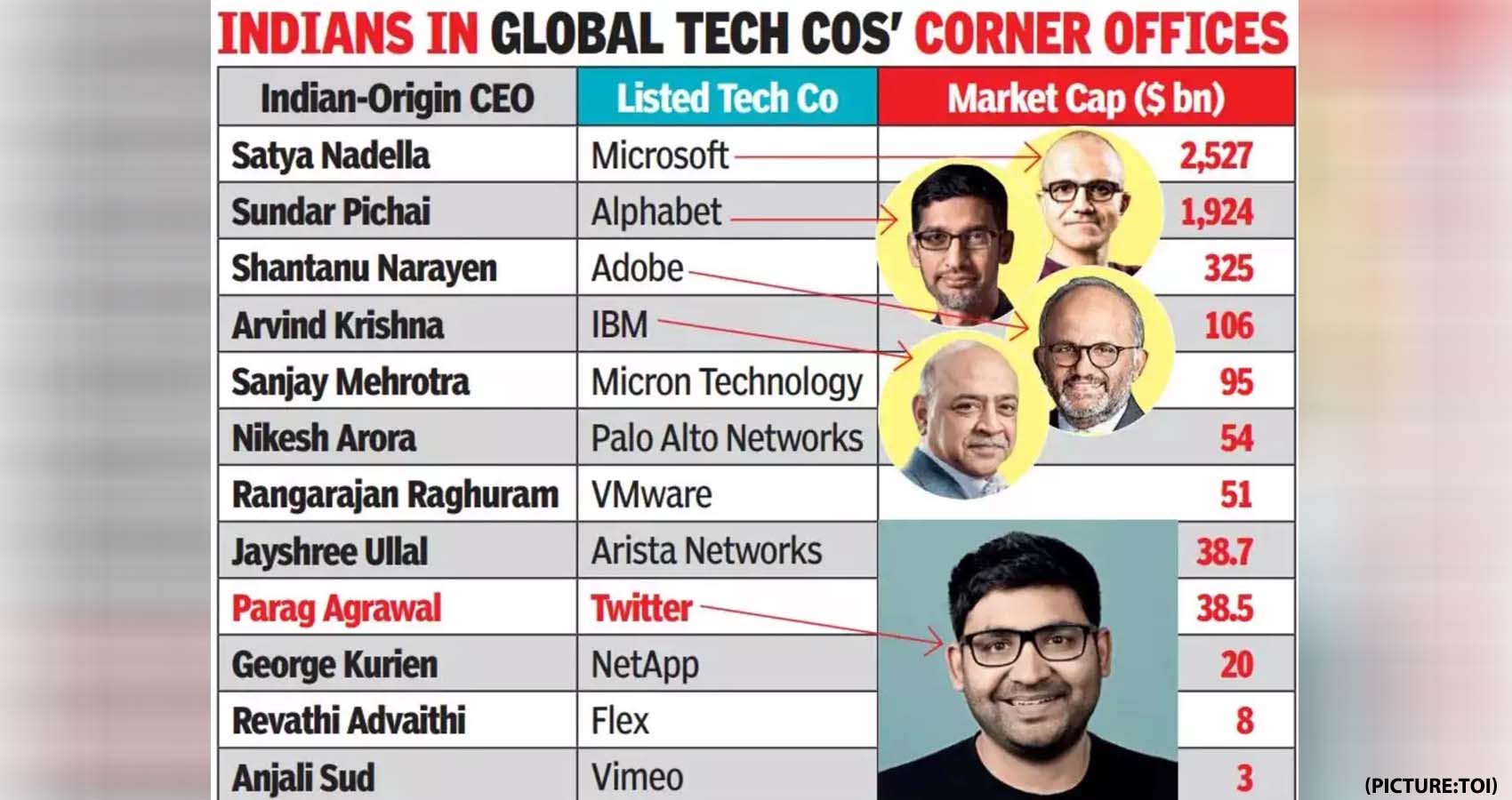
 Agrawal, who at 37 becomes the youngest CEO of a Fortune 500 company, was chosen unanimously to succeed Dorsey by Twitter’s board of directors, according to an official statement Monday. At Tuesday’s all-hands meeting, according to employees who attended, Dorsey emphasized Agrawal’s engineering background and the fact that he rose through the ranks over a decade at Twitter in touting him as the ideal choice to lead the influential social media firm.
Agrawal, who at 37 becomes the youngest CEO of a Fortune 500 company, was chosen unanimously to succeed Dorsey by Twitter’s board of directors, according to an official statement Monday. At Tuesday’s all-hands meeting, according to employees who attended, Dorsey emphasized Agrawal’s engineering background and the fact that he rose through the ranks over a decade at Twitter in touting him as the ideal choice to lead the influential social media firm.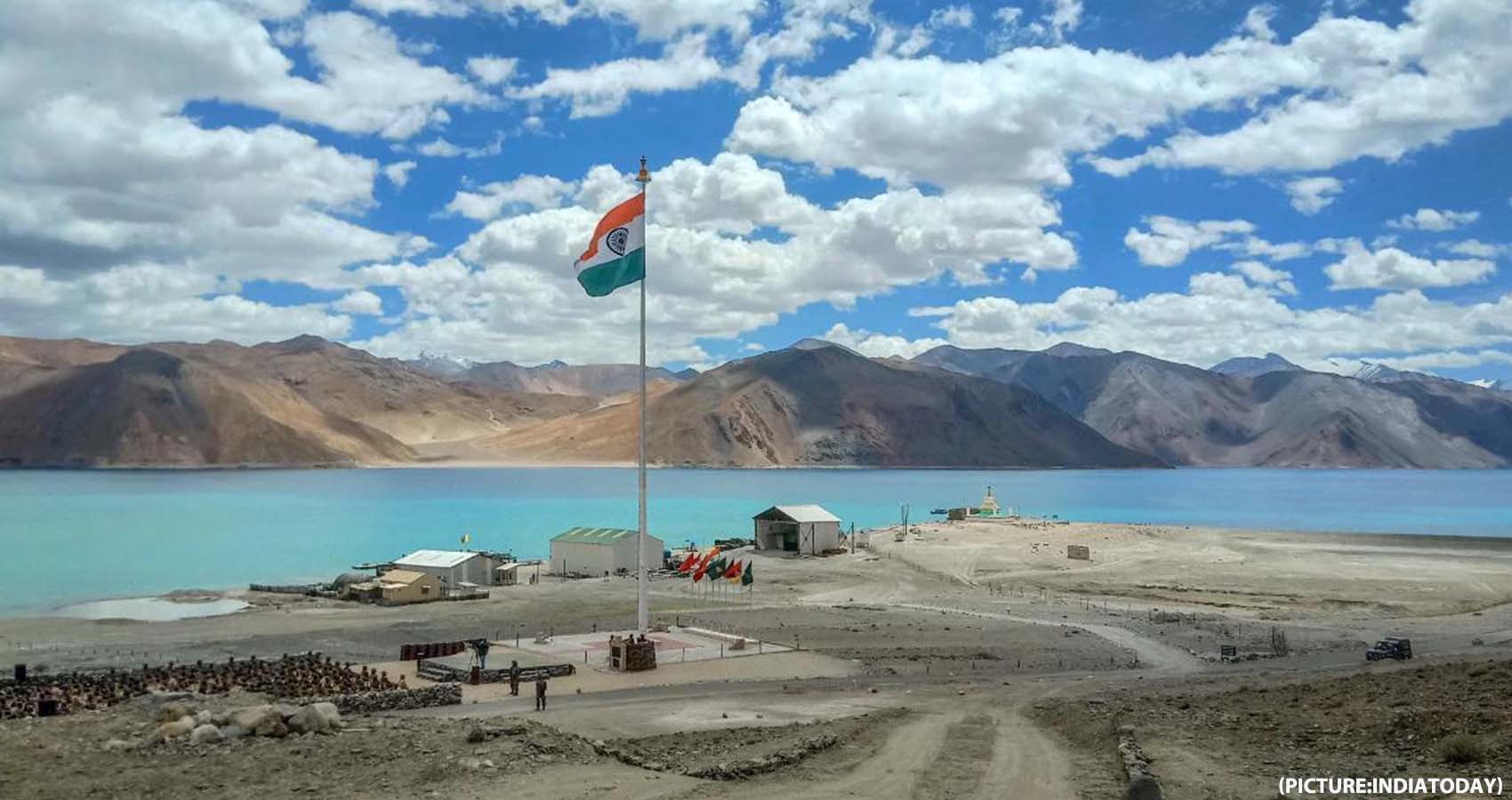

 While those are noteworthy figures, there are other EVs that can match these figures in that price range (around $65,000 for the higher end Ocean). The real twist here is the base Ocean, called the Ocean Sport, that will use a smaller range battery (targeting around 250 miles of range), and a single-motor front wheel drive, that will start — before any state and local incentives —
While those are noteworthy figures, there are other EVs that can match these figures in that price range (around $65,000 for the higher end Ocean). The real twist here is the base Ocean, called the Ocean Sport, that will use a smaller range battery (targeting around 250 miles of range), and a single-motor front wheel drive, that will start — before any state and local incentives — 
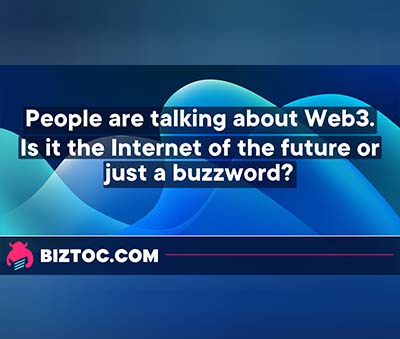 “There’s a small group of companies that own all this stuff, and then there’s us who use it, and despite the fact that we contribute to the success of these platforms, we don’t have anything to show for it,” said Mat Dryhurst, a Berlin-based artist and researcher who teaches classes at New York University on the future of the internet.
“There’s a small group of companies that own all this stuff, and then there’s us who use it, and despite the fact that we contribute to the success of these platforms, we don’t have anything to show for it,” said Mat Dryhurst, a Berlin-based artist and researcher who teaches classes at New York University on the future of the internet.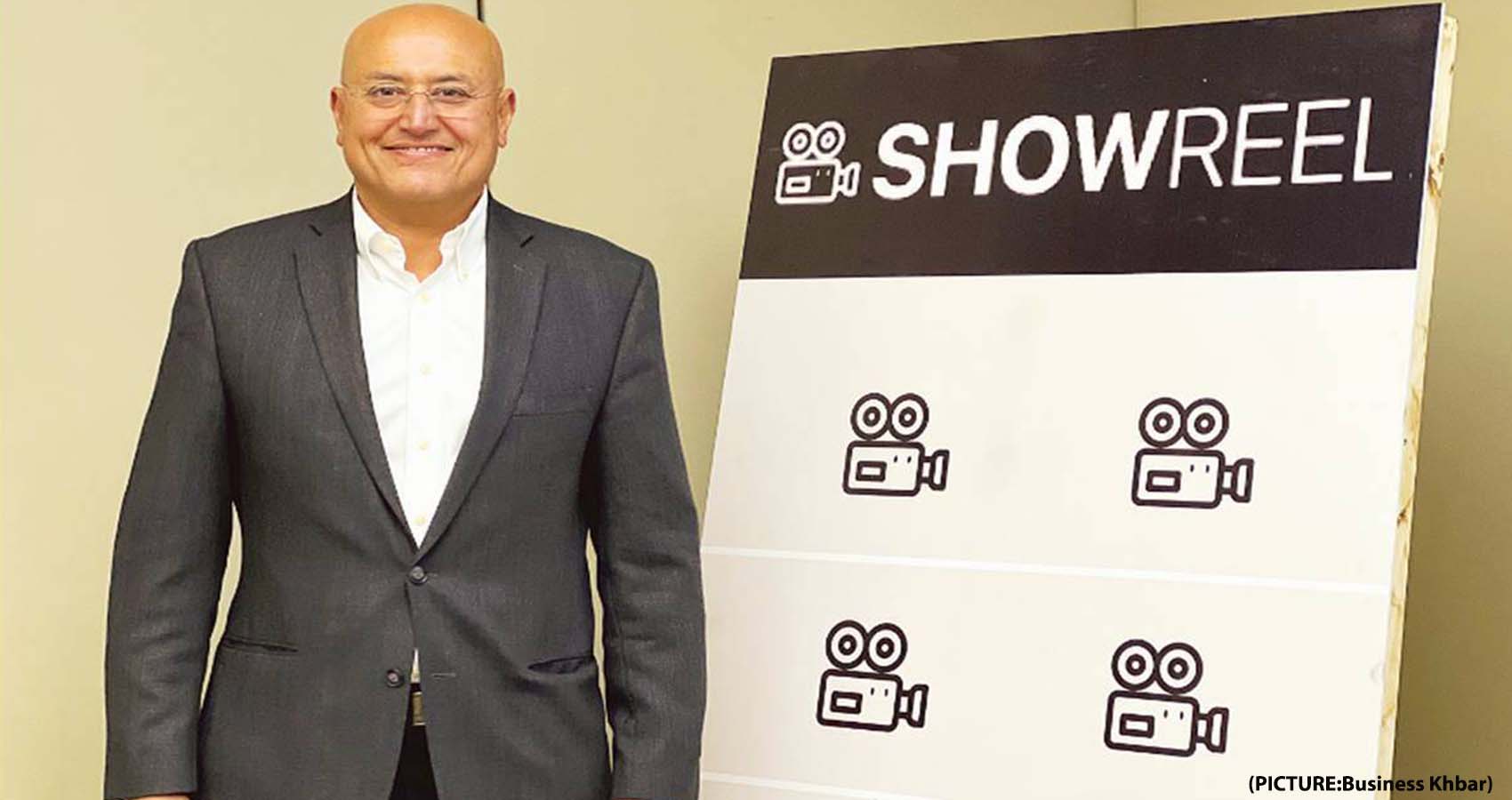

 But carmakers have found that even Level 2 self-driving — which is two steps behind full autonomous capabilities, or Level 4 — can be costly. Last year, Uber sold its self-driving car division to startup Aurora, ending a five-year run that was marred by litigation and a fatal crash. Tesla’s Autopilot, which controls the car on highways, though a driver is to keep his hand on the steering wheel, has gotten into after a few high-profile crashes.
But carmakers have found that even Level 2 self-driving — which is two steps behind full autonomous capabilities, or Level 4 — can be costly. Last year, Uber sold its self-driving car division to startup Aurora, ending a five-year run that was marred by litigation and a fatal crash. Tesla’s Autopilot, which controls the car on highways, though a driver is to keep his hand on the steering wheel, has gotten into after a few high-profile crashes.
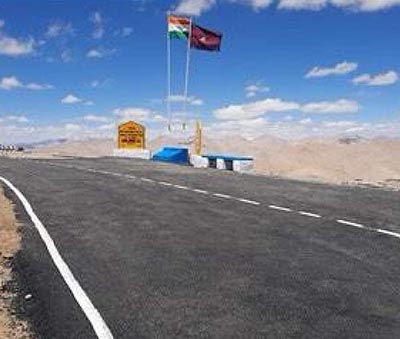 The 52-km road from Chisumle to Demchok tarmac passes through the 19,024 feet high Umlingla Pass and betters the previous record of a road in Bolivia, which connects volcano Uturuncu at 18,953 feet.
The 52-km road from Chisumle to Demchok tarmac passes through the 19,024 feet high Umlingla Pass and betters the previous record of a road in Bolivia, which connects volcano Uturuncu at 18,953 feet.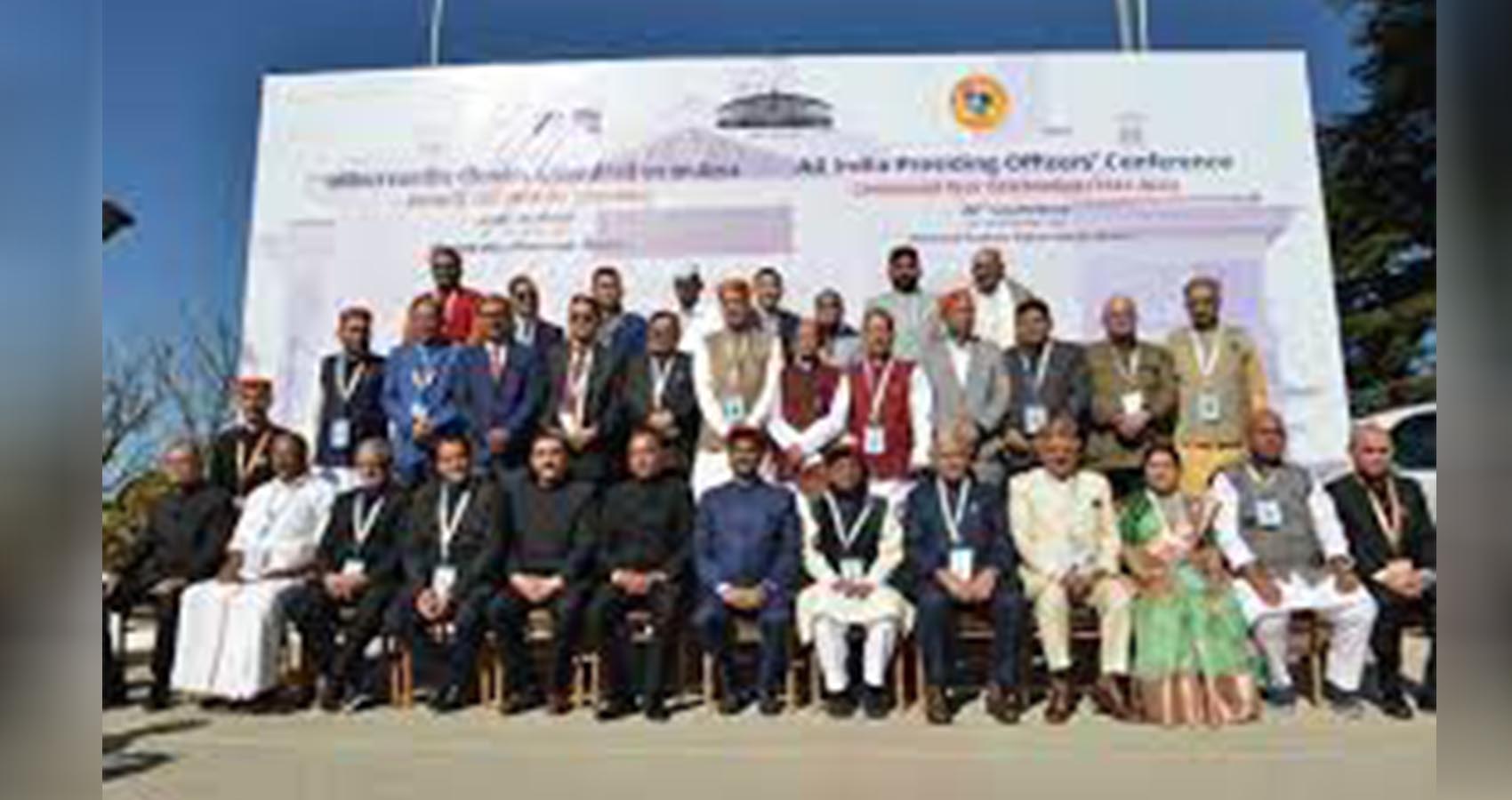


 To improve climate simulations, scientists are looking to the potential of artificial intelligence (AI). AI has offered profound insights in fields from materials science to manufacturing, and climate researchers are excited to explore how AI can be used to revolutionize how the Earth system, and especially its water cycle, can be simulated in order to dramatically improve our understanding and representation of the real world. In particular, AI offers the potential to dramatically increase the accuracy of predictions down to the scales of interest to scientists, and even stakeholders focused on designing, financing and deploying equitable climate solutions to America’s most disadvantaged communities.
To improve climate simulations, scientists are looking to the potential of artificial intelligence (AI). AI has offered profound insights in fields from materials science to manufacturing, and climate researchers are excited to explore how AI can be used to revolutionize how the Earth system, and especially its water cycle, can be simulated in order to dramatically improve our understanding and representation of the real world. In particular, AI offers the potential to dramatically increase the accuracy of predictions down to the scales of interest to scientists, and even stakeholders focused on designing, financing and deploying equitable climate solutions to America’s most disadvantaged communities.
 “Our mission is to ensure clean power supply round the clock at Sri Darbar Sahib, saving 33 per cent of its annual electricity bill,” United Sikh Mission President Rashpal Singh Dhindsa told the media here.
“Our mission is to ensure clean power supply round the clock at Sri Darbar Sahib, saving 33 per cent of its annual electricity bill,” United Sikh Mission President Rashpal Singh Dhindsa told the media here.
 After Apple CEO Tim Cook set the tone late on Monday, Susmita Dutta who is engineering program manager for SoC (system-on-chip) for audio products, introduced the next-generation AirPods, featuring spatial audio, industry-leading sound, longer battery life and an all-new design during the ‘Unleashed’ event at Apple Park in Cupertino, California.
After Apple CEO Tim Cook set the tone late on Monday, Susmita Dutta who is engineering program manager for SoC (system-on-chip) for audio products, introduced the next-generation AirPods, featuring spatial audio, industry-leading sound, longer battery life and an all-new design during the ‘Unleashed’ event at Apple Park in Cupertino, California.
 After a brief introduction to the organization by ASEI executive council member Vatsala Upadhyay, and a tribute to design maestro Steve Jobs marking the 10th anniversary of his passing, ASEI President Piyush Malik shared his forward-thinking views on Design based on his field experiences and learnings working with nimble Silicon Valley startups as well as fortune 500 corporations around the globe. These opening remarks centered around the importance of Design as a discipline and Design Thinking methodologies adapted from IDEO, Stanford’s
After a brief introduction to the organization by ASEI executive council member Vatsala Upadhyay, and a tribute to design maestro Steve Jobs marking the 10th anniversary of his passing, ASEI President Piyush Malik shared his forward-thinking views on Design based on his field experiences and learnings working with nimble Silicon Valley startups as well as fortune 500 corporations around the globe. These opening remarks centered around the importance of Design as a discipline and Design Thinking methodologies adapted from IDEO, Stanford’s 
 The Crew-3 mission is part of NASA’s
The Crew-3 mission is part of NASA’s 
 TiECON East, which is organized by TiE Boston, was be held in-person on Oct. 1 at the Westin Hotel in Waltham, MA. All attendees were required to be fully vaccinated and to fully adher to the CDC health guidelines. Major sponsors of the conference included Amazon, Microsoft, Vertex Pharmaceuticals, Arent Fox, Converge, Sittercity, Innospark, Thread Research, Progress and Embark.
TiECON East, which is organized by TiE Boston, was be held in-person on Oct. 1 at the Westin Hotel in Waltham, MA. All attendees were required to be fully vaccinated and to fully adher to the CDC health guidelines. Major sponsors of the conference included Amazon, Microsoft, Vertex Pharmaceuticals, Arent Fox, Converge, Sittercity, Innospark, Thread Research, Progress and Embark.
 The release of the “Transparency in the U.S. Nuclear Weapons Stockpile” fact sheet comes as the Biden administration is conducting a review of its nuclear weapons policy and capabilities ahead of a 2022 meeting of the Nuclear Non-Proliferation Treaty conference, where the US and other nuclear powers who are party to the Treaty will review each signatory’s disarmament commitments. “Increasing the transparency of states’ nuclear stockpiles is important to nonproliferation and disarmament efforts, including commitments under the Nuclear Non-Proliferation Treaty, and efforts to address all types of nuclear weapons, including deployed and non-deployed, and strategic and non-strategic,” the State Department said.
The release of the “Transparency in the U.S. Nuclear Weapons Stockpile” fact sheet comes as the Biden administration is conducting a review of its nuclear weapons policy and capabilities ahead of a 2022 meeting of the Nuclear Non-Proliferation Treaty conference, where the US and other nuclear powers who are party to the Treaty will review each signatory’s disarmament commitments. “Increasing the transparency of states’ nuclear stockpiles is important to nonproliferation and disarmament efforts, including commitments under the Nuclear Non-Proliferation Treaty, and efforts to address all types of nuclear weapons, including deployed and non-deployed, and strategic and non-strategic,” the State Department said.
 The researchers set out to determine whether a decision-making model called drift diffusion could predict when pedestrians would cross a road in front of approaching cars, and whether it could be used in scenarios where the car gives way to the pedestrian, either with or without explicit signals. This prediction capability will allow the autonomous vehicle to communicate more effectively with pedestrians, in terms of its movements in traffic and any external signals such as flashing lights, to maximise traffic flow and decrease uncertainty.
The researchers set out to determine whether a decision-making model called drift diffusion could predict when pedestrians would cross a road in front of approaching cars, and whether it could be used in scenarios where the car gives way to the pedestrian, either with or without explicit signals. This prediction capability will allow the autonomous vehicle to communicate more effectively with pedestrians, in terms of its movements in traffic and any external signals such as flashing lights, to maximise traffic flow and decrease uncertainty.
 According to the
According to the 
 What is the unique health ID, and how does one get it?
What is the unique health ID, and how does one get it?
 Patel garnered 3,277 votes, compared with 1,791 votes cast for Dimitrios Serpanos, who is a professor at the University of Patras and the president of the Computer Technology Institute, Greece, added the release. Patel leads a critical part of Otis’ global engineering development, providing a wide range of new product capabilities in connected, smart, IoT-based platforms. She was previously with L3Harris where she was senior director, engineering, and led multi-disciplinary, embedded-software design teams in innovative research and new product development, for which she was recognized for significant technical contributions as 2014 L3 Engineer of the Year and 2011 New Hampshire Engineer of the Year.
Patel garnered 3,277 votes, compared with 1,791 votes cast for Dimitrios Serpanos, who is a professor at the University of Patras and the president of the Computer Technology Institute, Greece, added the release. Patel leads a critical part of Otis’ global engineering development, providing a wide range of new product capabilities in connected, smart, IoT-based platforms. She was previously with L3Harris where she was senior director, engineering, and led multi-disciplinary, embedded-software design teams in innovative research and new product development, for which she was recognized for significant technical contributions as 2014 L3 Engineer of the Year and 2011 New Hampshire Engineer of the Year.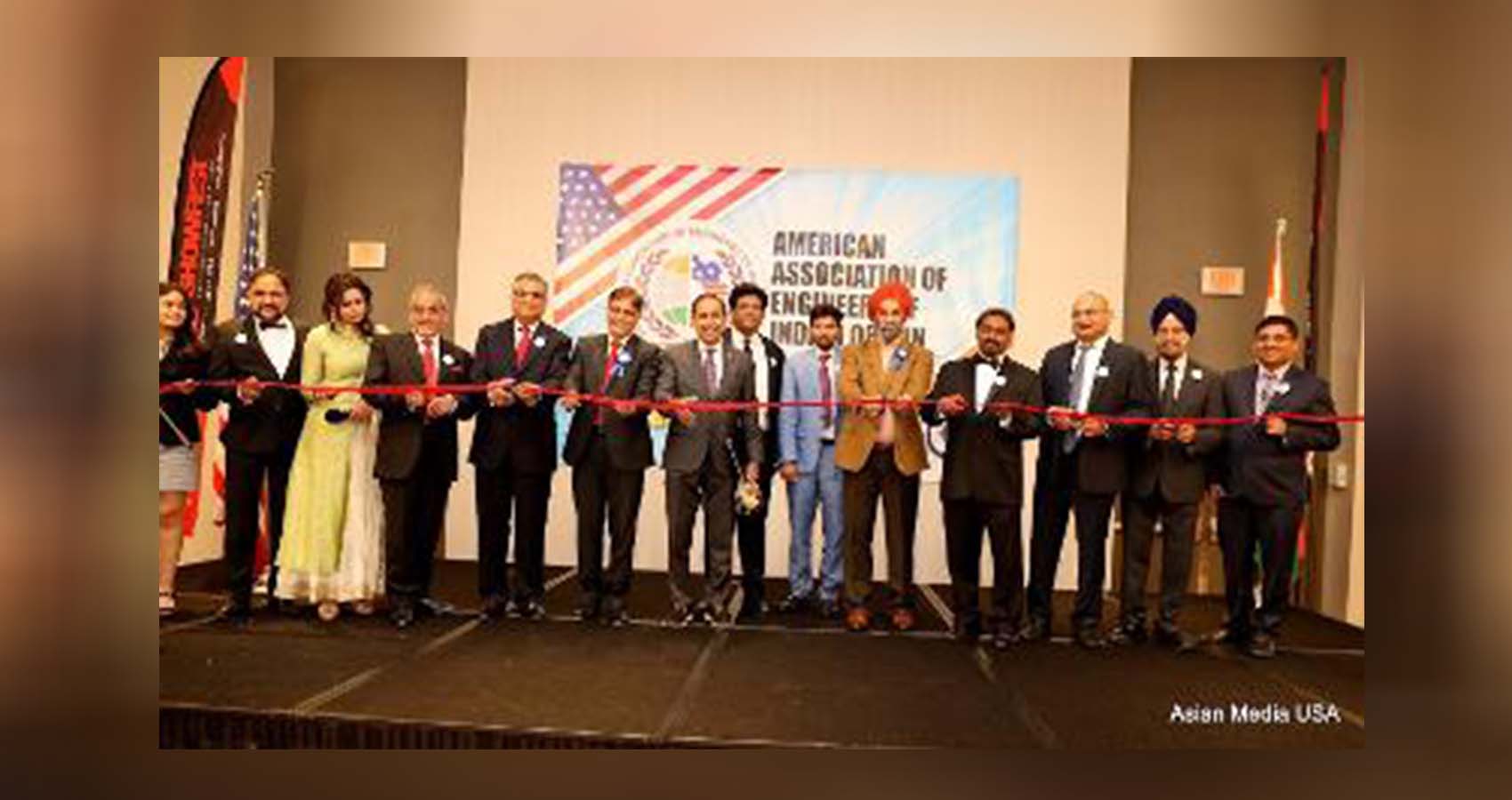
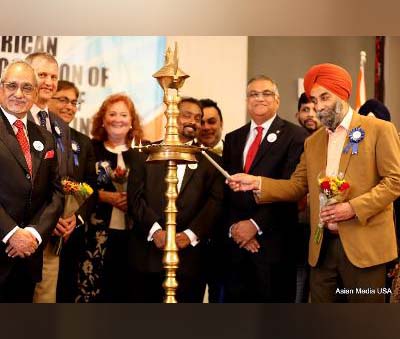 The event started with national Anthems and lamp lighting followed by the inaugural dance performance by the students of SR Dance Academy. The master of ceremony Madhura Sane kickstarted the event by welcoming all the board of directors and the distinguished guest on to the stage. The President Gladson Varghese delivered his speech to elaborate on the vision behind the initiative of launching AAEIO. He talked about how the organization aims at supporting engineers across the globe by providing them a voice and guidance by the experienced leadership of the organization. Vice President Nitin Maheshweri presented the Vision and 4 pillars of the organization. Chief Guest Consul General of India Mr. Amit Kumar along with Congressman Sean Casten officially Inaugurated the AAEIO by lighting the Lamp. AAEIO also presented the awards to Dr. Deepak Kant Vyas, Mr. Gulzar Singh and Mr. Brij Sharma for their contributionsto the community and becoming successful Engineering Entrepreneurs.
The event started with national Anthems and lamp lighting followed by the inaugural dance performance by the students of SR Dance Academy. The master of ceremony Madhura Sane kickstarted the event by welcoming all the board of directors and the distinguished guest on to the stage. The President Gladson Varghese delivered his speech to elaborate on the vision behind the initiative of launching AAEIO. He talked about how the organization aims at supporting engineers across the globe by providing them a voice and guidance by the experienced leadership of the organization. Vice President Nitin Maheshweri presented the Vision and 4 pillars of the organization. Chief Guest Consul General of India Mr. Amit Kumar along with Congressman Sean Casten officially Inaugurated the AAEIO by lighting the Lamp. AAEIO also presented the awards to Dr. Deepak Kant Vyas, Mr. Gulzar Singh and Mr. Brij Sharma for their contributionsto the community and becoming successful Engineering Entrepreneurs.  Dr. Mohanbir Sawhney, Associate Dean, (Northwestern University, Kellogg) delivered an inspirational and informative keynote speech elaborating on his experience and the roles and future of organizations like AAEIO. The speech by the Vice President 2021 Nitin Maheshwari included the plans for the upcoming initiatives taken by AAEIO and how the organization aims at supporting small businesses, fresh graduates as well as the fellow engineers from all across the globe. The president elect 2021 Ajit Pant talked about how AAEIO will act as an umbrella organization for the engineers from all streams of engineering like civil, mechanical, IT, electronics, Electrical and so on. Nag Jaiswal did the Vote of Thanks and he thanked all the sponsors, Dignitaries, AAEO Board and all the Guests for their help and support.
Dr. Mohanbir Sawhney, Associate Dean, (Northwestern University, Kellogg) delivered an inspirational and informative keynote speech elaborating on his experience and the roles and future of organizations like AAEIO. The speech by the Vice President 2021 Nitin Maheshwari included the plans for the upcoming initiatives taken by AAEIO and how the organization aims at supporting small businesses, fresh graduates as well as the fellow engineers from all across the globe. The president elect 2021 Ajit Pant talked about how AAEIO will act as an umbrella organization for the engineers from all streams of engineering like civil, mechanical, IT, electronics, Electrical and so on. Nag Jaiswal did the Vote of Thanks and he thanked all the sponsors, Dignitaries, AAEO Board and all the Guests for their help and support. 

 The growing list of users of this technology, which started with the Home Ministry’s National Crime Records Bureau (NCRB) and various police forces, now includes the Airports Authority of India, the Indian Railways, public sector utilities, and the state-owned agency mandated to issue a unique identity to all residents of India. FRT software vendors include both domestic firms and global companies. The systems seek to achieve a range of objectives: better identification of criminals, law enforcement use at railway stations, passenger check-ins at airports, biometric attendance at companies, and even student authentication mechanisms. To enhance safety and security, various authorities have installed CCTV cameras in public places. However, once a database of images is consolidated, procurement of facial recognition technology fed with this data shifts the goalpost for citizens in terms of privacy. Experts have called for data privacy laws. FRT systems are in the process of being deployed at airports in Kolkata, Varanasi, Pune,
The growing list of users of this technology, which started with the Home Ministry’s National Crime Records Bureau (NCRB) and various police forces, now includes the Airports Authority of India, the Indian Railways, public sector utilities, and the state-owned agency mandated to issue a unique identity to all residents of India. FRT software vendors include both domestic firms and global companies. The systems seek to achieve a range of objectives: better identification of criminals, law enforcement use at railway stations, passenger check-ins at airports, biometric attendance at companies, and even student authentication mechanisms. To enhance safety and security, various authorities have installed CCTV cameras in public places. However, once a database of images is consolidated, procurement of facial recognition technology fed with this data shifts the goalpost for citizens in terms of privacy. Experts have called for data privacy laws. FRT systems are in the process of being deployed at airports in Kolkata, Varanasi, Pune, 


 Though these prominent cyber incidents have triggered several cybersecurity initiatives, policymakers have paid relatively little attention to the considerable potential cyber risks in the healthcare sector. The
Though these prominent cyber incidents have triggered several cybersecurity initiatives, policymakers have paid relatively little attention to the considerable potential cyber risks in the healthcare sector. The 
 Biden signed the executive order at the White House alongside representatives from Ford, GM and Stellantis, and members of the United Auto Workers Union. The automakers are supporting Biden’s new target, announcing their “shared aspiration” that 40-50% of their cars sold by 2030 to be electric vehicles, according to a joint statement from the three automakers.
Biden signed the executive order at the White House alongside representatives from Ford, GM and Stellantis, and members of the United Auto Workers Union. The automakers are supporting Biden’s new target, announcing their “shared aspiration” that 40-50% of their cars sold by 2030 to be electric vehicles, according to a joint statement from the three automakers.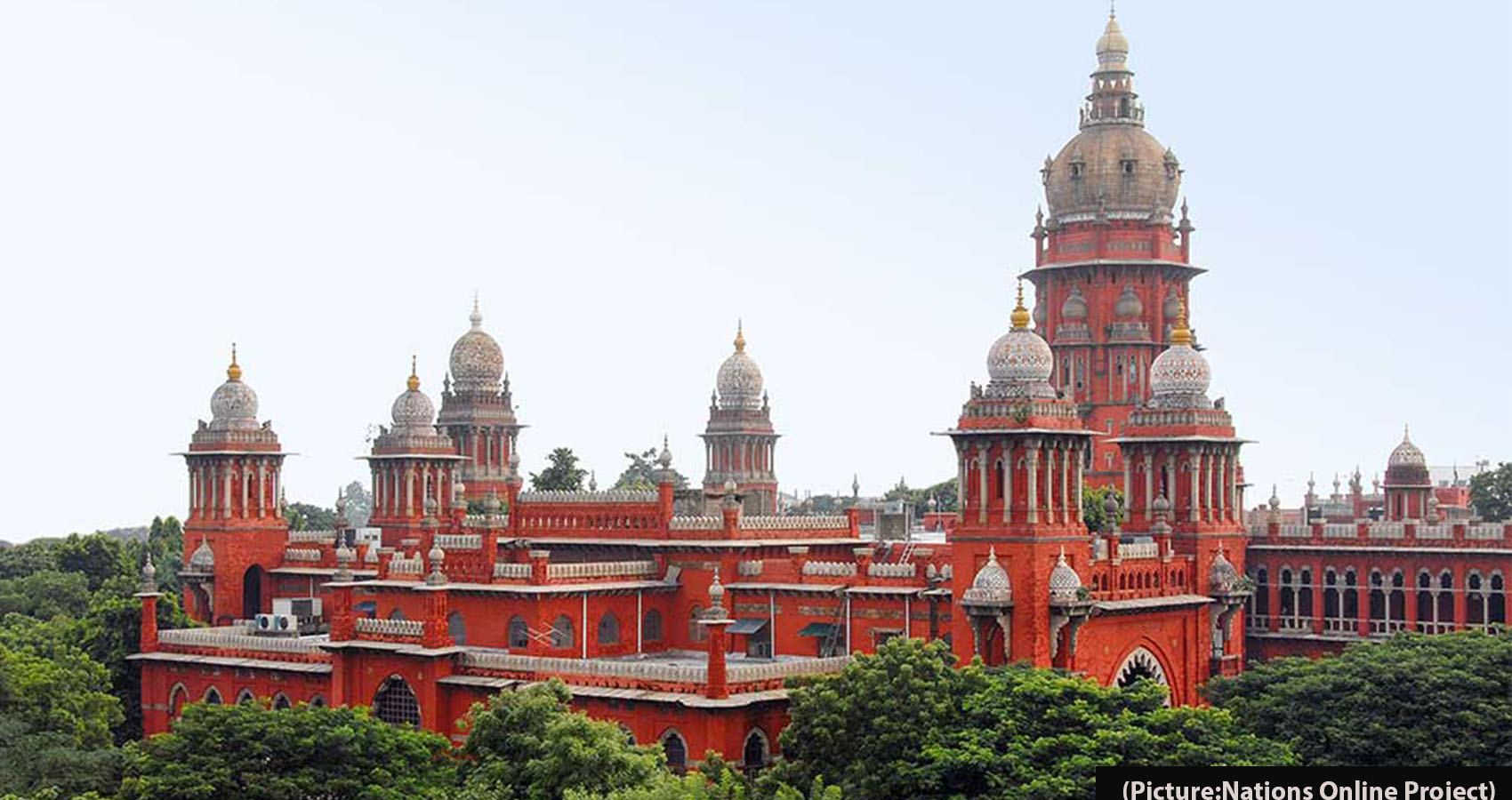




 Ram N Kumar, the founder of NirogStreet, has told the media that he was fortunate to find a clutch of investors from the US, who could not just invest but guide. “For me, if you get a person like Gokul to help you while building a company, it is a once in a lifetime opportunity,” Kumar said.
Ram N Kumar, the founder of NirogStreet, has told the media that he was fortunate to find a clutch of investors from the US, who could not just invest but guide. “For me, if you get a person like Gokul to help you while building a company, it is a once in a lifetime opportunity,” Kumar said.
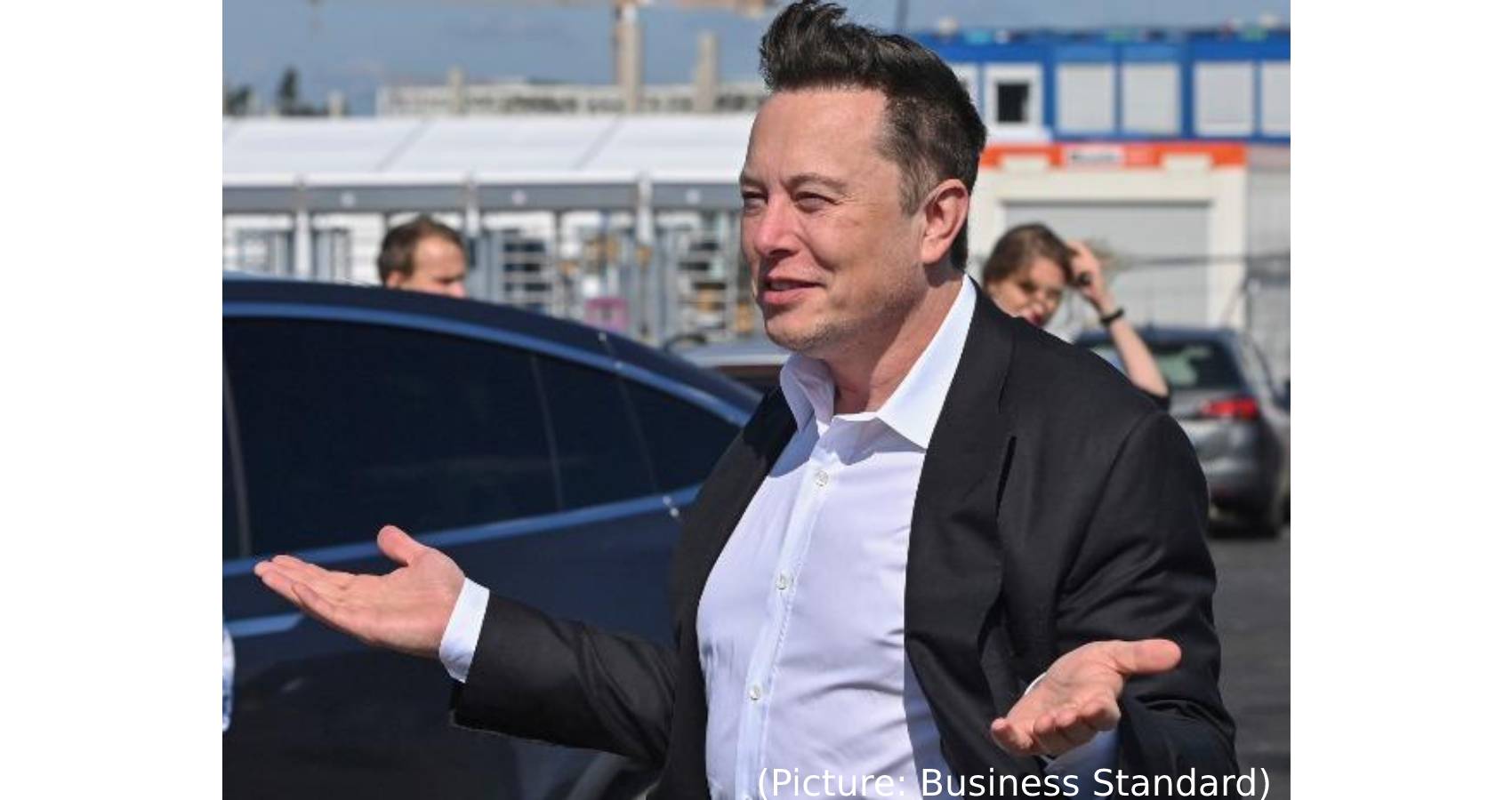
 Last year, a report said that India has taken a slew of measures to promote the use of electric cars in the country. The government slashed Goods and Services Tax (GST) on electric vehicles to five per cent from earlier 12 per cent but to protect domestic automakers, it levies 125 per cent duty on imported vehicles.
Last year, a report said that India has taken a slew of measures to promote the use of electric cars in the country. The government slashed Goods and Services Tax (GST) on electric vehicles to five per cent from earlier 12 per cent but to protect domestic automakers, it levies 125 per cent duty on imported vehicles.
 In terms of the origin of patent applications in the pharma sector globally, India is among the top 10 countries, followed by Italy, Australia, Taiwan and Sweden. The applications originating from India are majorly filed in the US, European Parliament and APAC region. The top Indian filers who filed patents in India during the last five years (2015-2020) include the Council of Scientific and Industrial Research (CSIR), ITC Life Sciences, Lovely Professional University, Colgate Palmolive (India), Tata Consultancy Services (TCS) Limited, IIT Bombay, Cadila Healthcare, Lupin, Amity University, and Wockhardt Limited, the report said.
In terms of the origin of patent applications in the pharma sector globally, India is among the top 10 countries, followed by Italy, Australia, Taiwan and Sweden. The applications originating from India are majorly filed in the US, European Parliament and APAC region. The top Indian filers who filed patents in India during the last five years (2015-2020) include the Council of Scientific and Industrial Research (CSIR), ITC Life Sciences, Lovely Professional University, Colgate Palmolive (India), Tata Consultancy Services (TCS) Limited, IIT Bombay, Cadila Healthcare, Lupin, Amity University, and Wockhardt Limited, the report said.
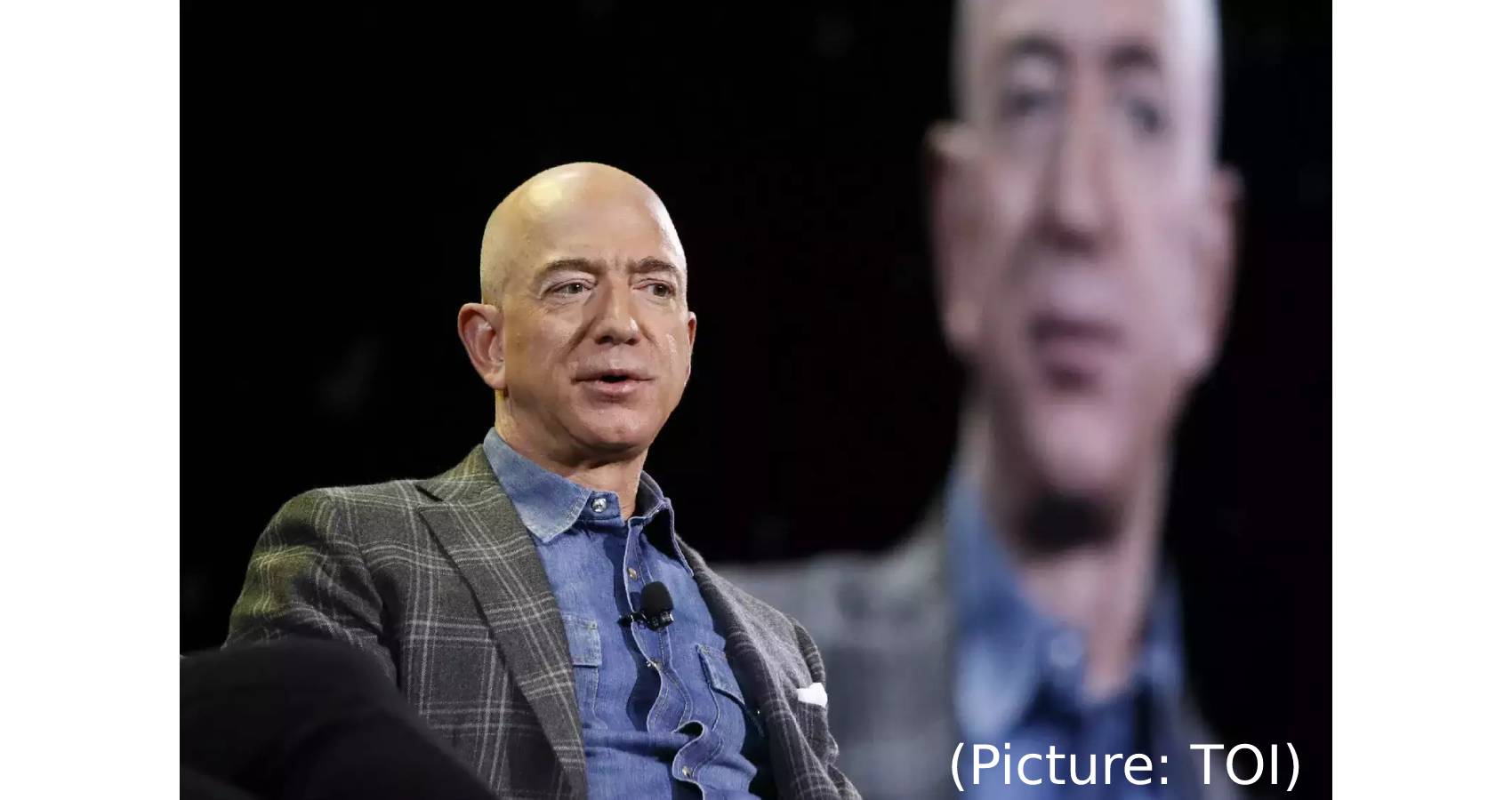

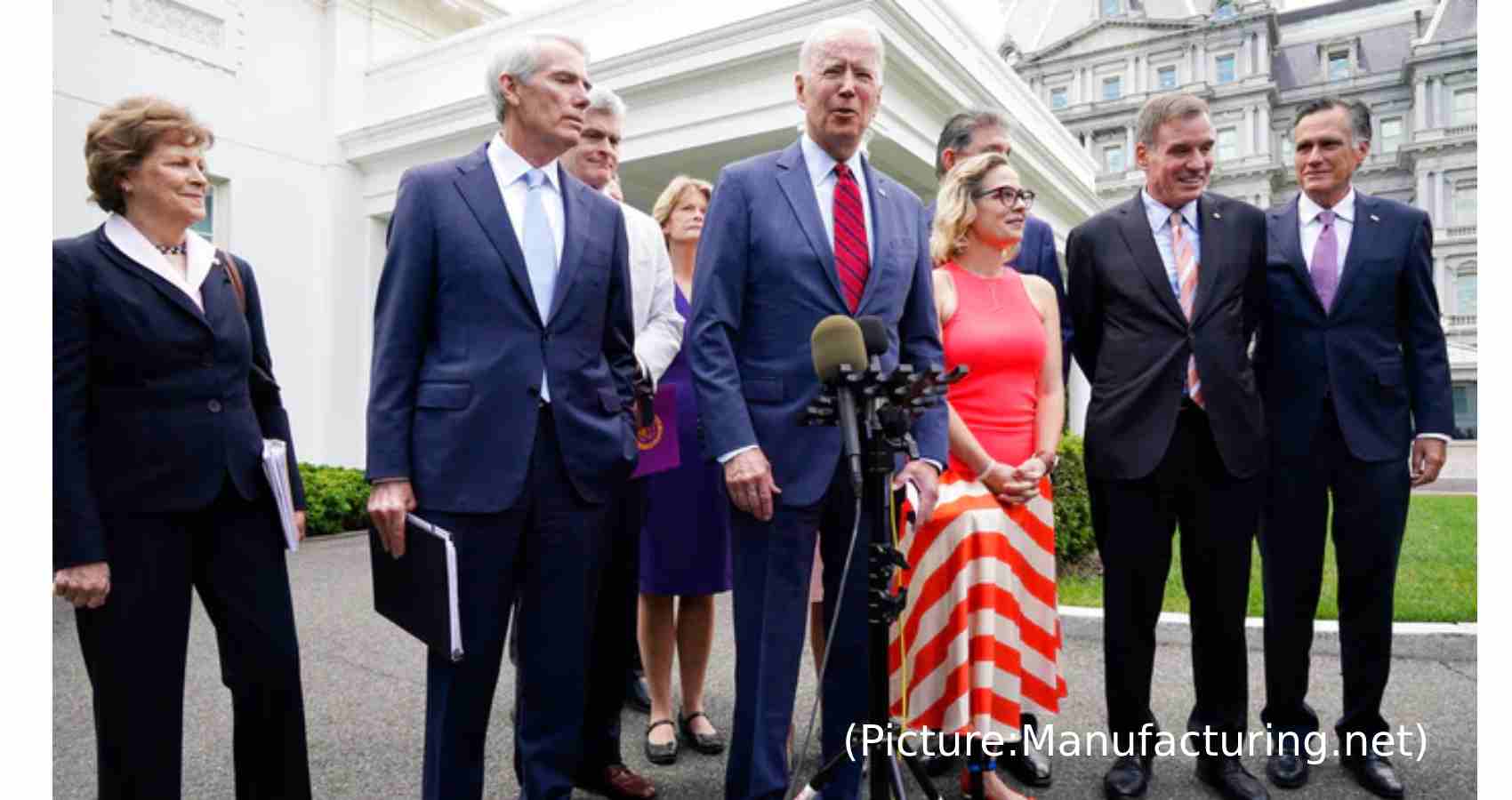
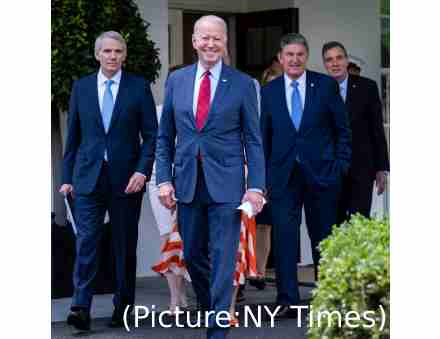 Biden said, though the deal isn’t exactly what he wanted, nor is it exactly what Republicans had in mind, the fact that they did reach a bipartisan, consensus makes their agreement all the more significant. “Let me be clear, neither side got everything they wanted in this deal. That’s what it means to compromise. And it reflects something important. Reflects consensus. The heart of democracy,” Biden said. The deal would see $1.2 trillion in spending over eight years, including $579 billion in new spending over the first five years. The senators, saying all sides had compromised and no one got everything they wanted, said they needed to head back to Capitol Hill to work out details.
Biden said, though the deal isn’t exactly what he wanted, nor is it exactly what Republicans had in mind, the fact that they did reach a bipartisan, consensus makes their agreement all the more significant. “Let me be clear, neither side got everything they wanted in this deal. That’s what it means to compromise. And it reflects something important. Reflects consensus. The heart of democracy,” Biden said. The deal would see $1.2 trillion in spending over eight years, including $579 billion in new spending over the first five years. The senators, saying all sides had compromised and no one got everything they wanted, said they needed to head back to Capitol Hill to work out details.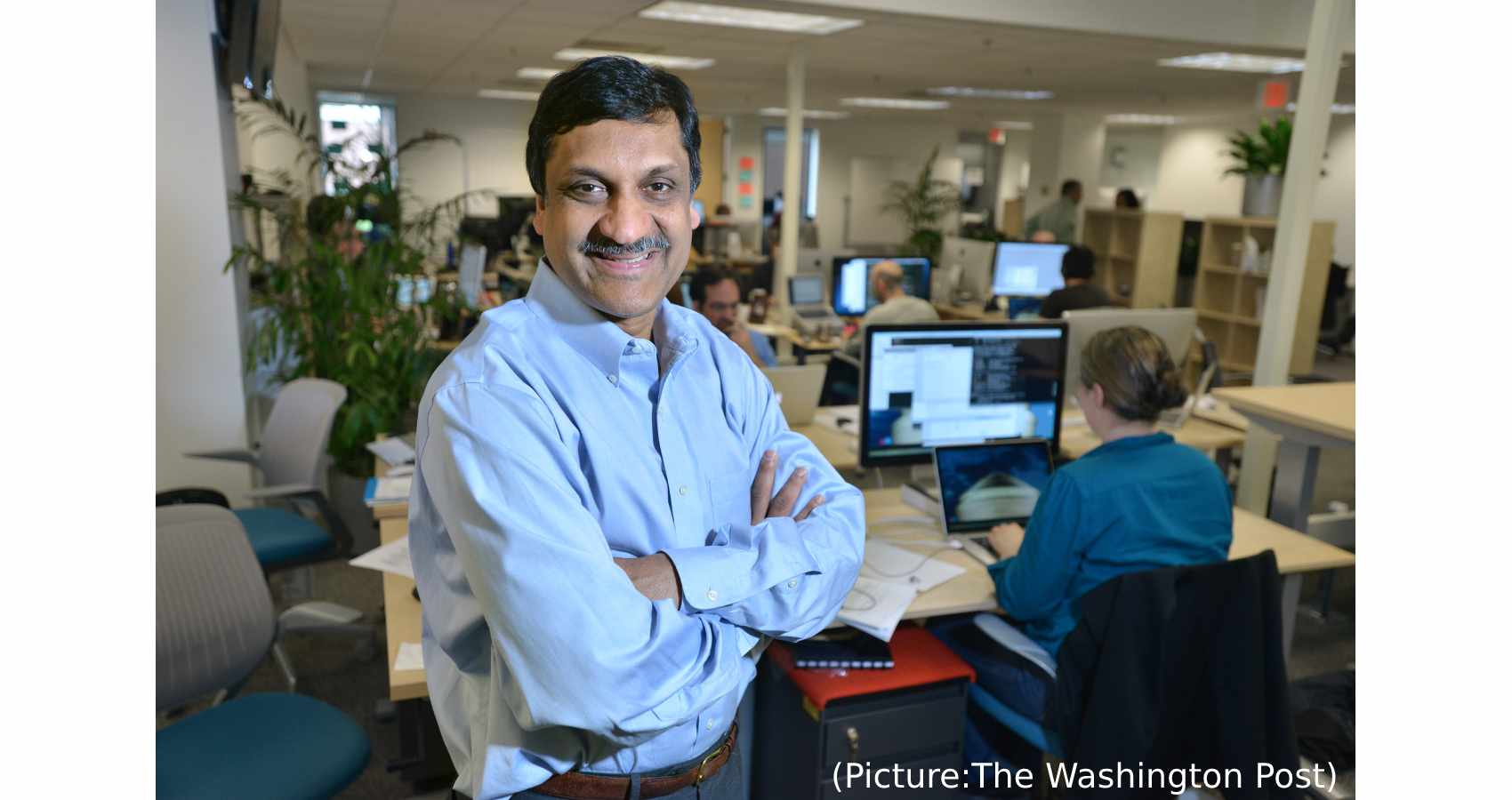


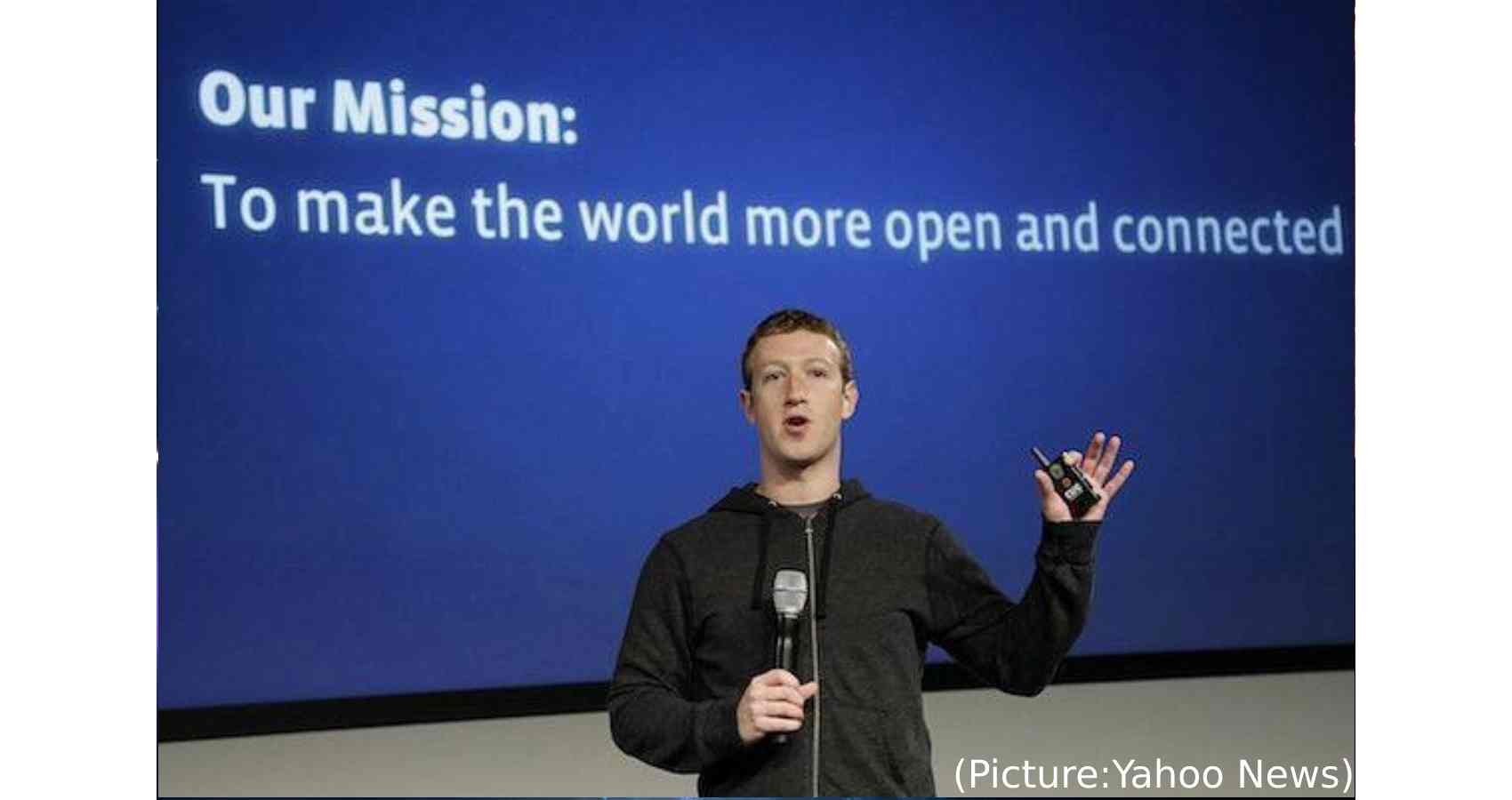







 Companies are searching for workers as growing numbers of vaccinated Americans head back to stores. There were 878,000 job openings in the US retail sector in March, a 53% increase from the same month last year, according to the latest
Companies are searching for workers as growing numbers of vaccinated Americans head back to stores. There were 878,000 job openings in the US retail sector in March, a 53% increase from the same month last year, according to the latest
